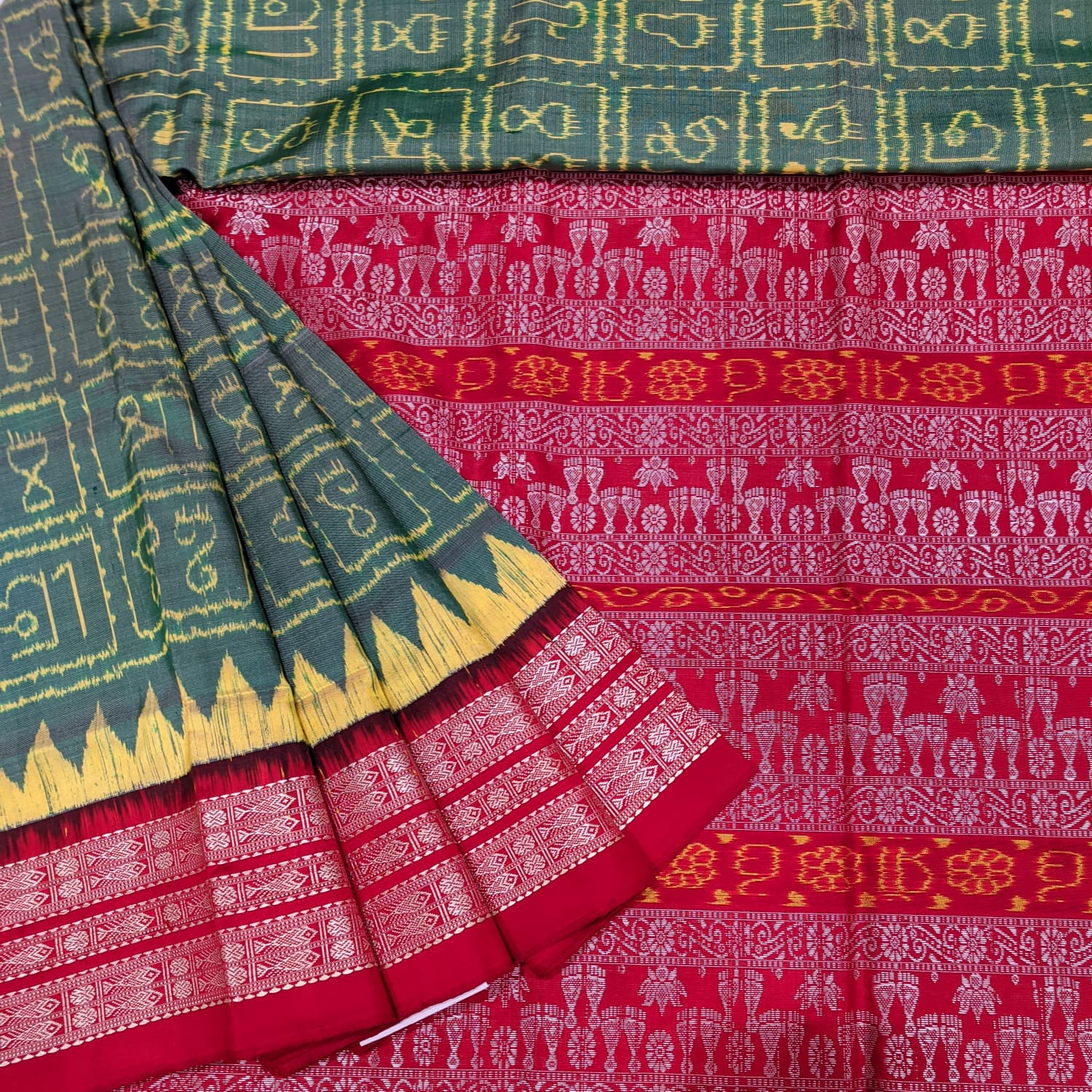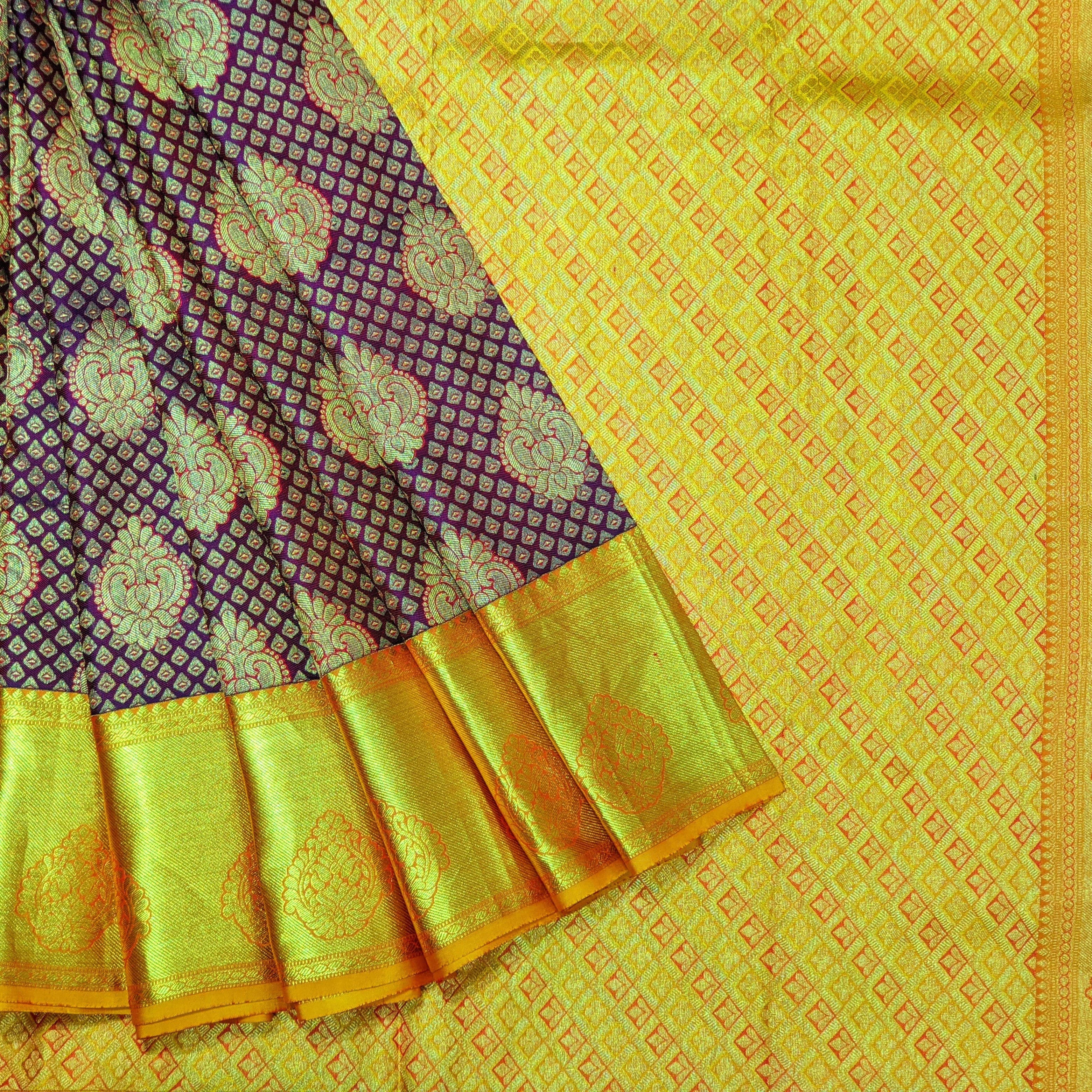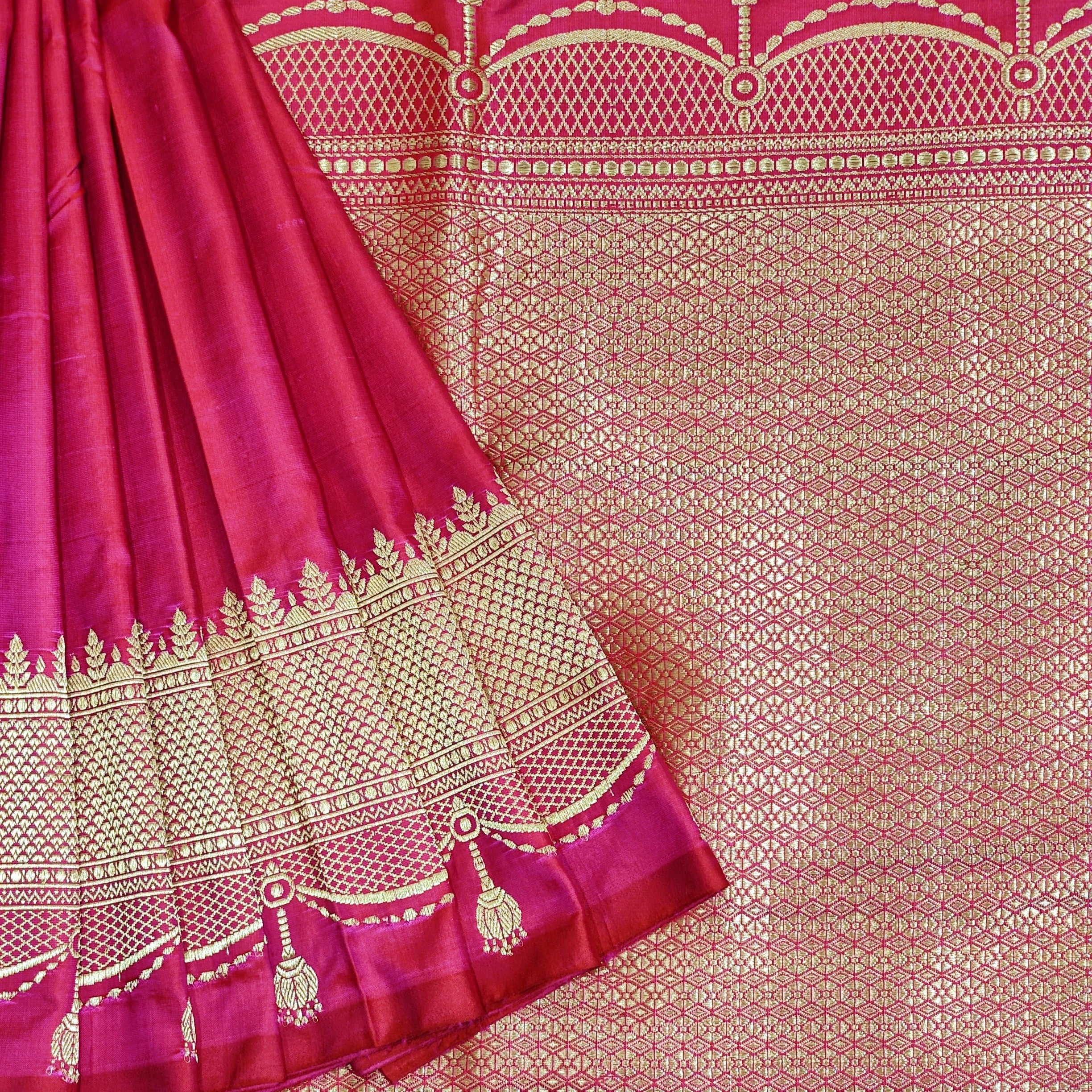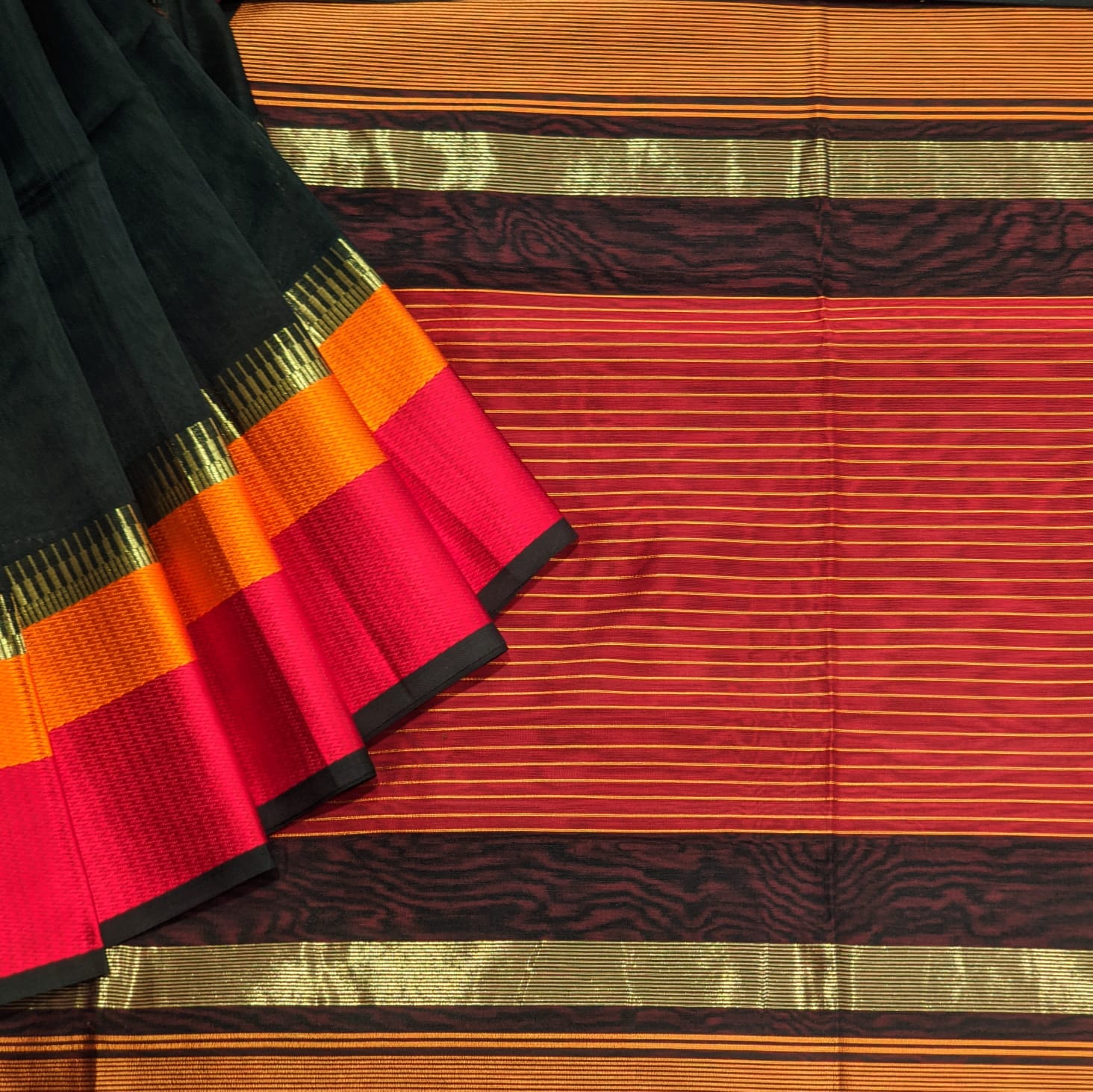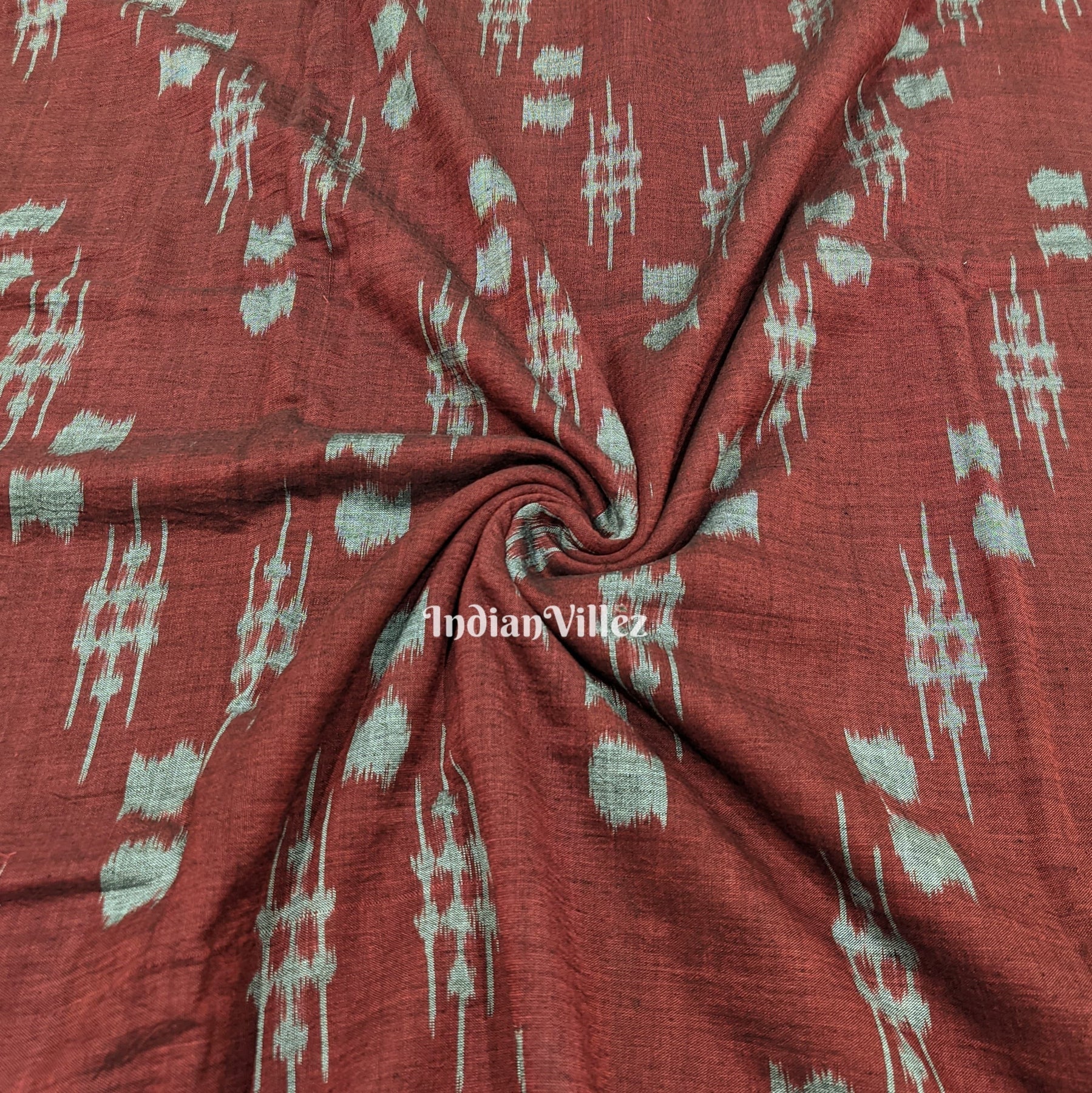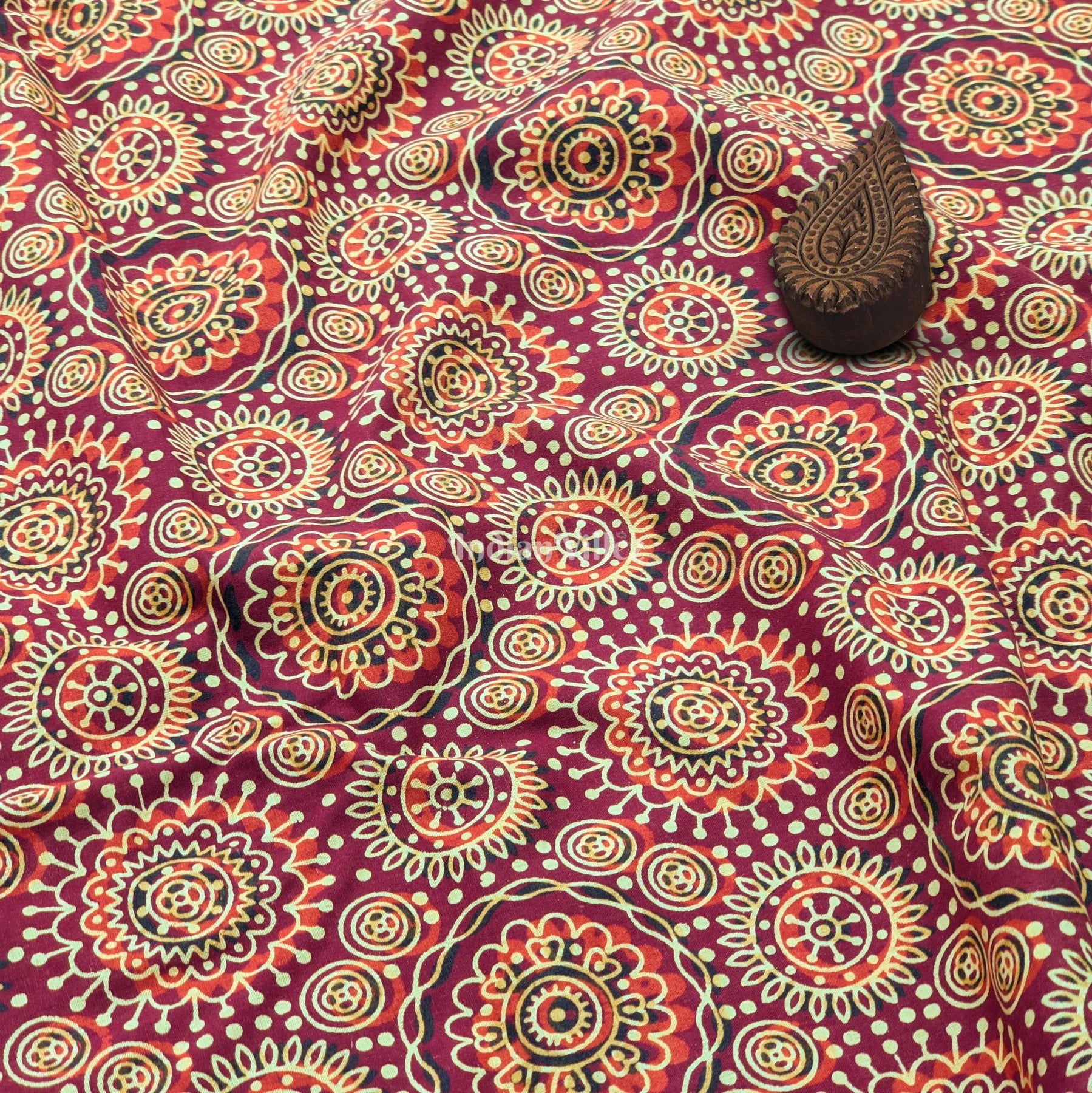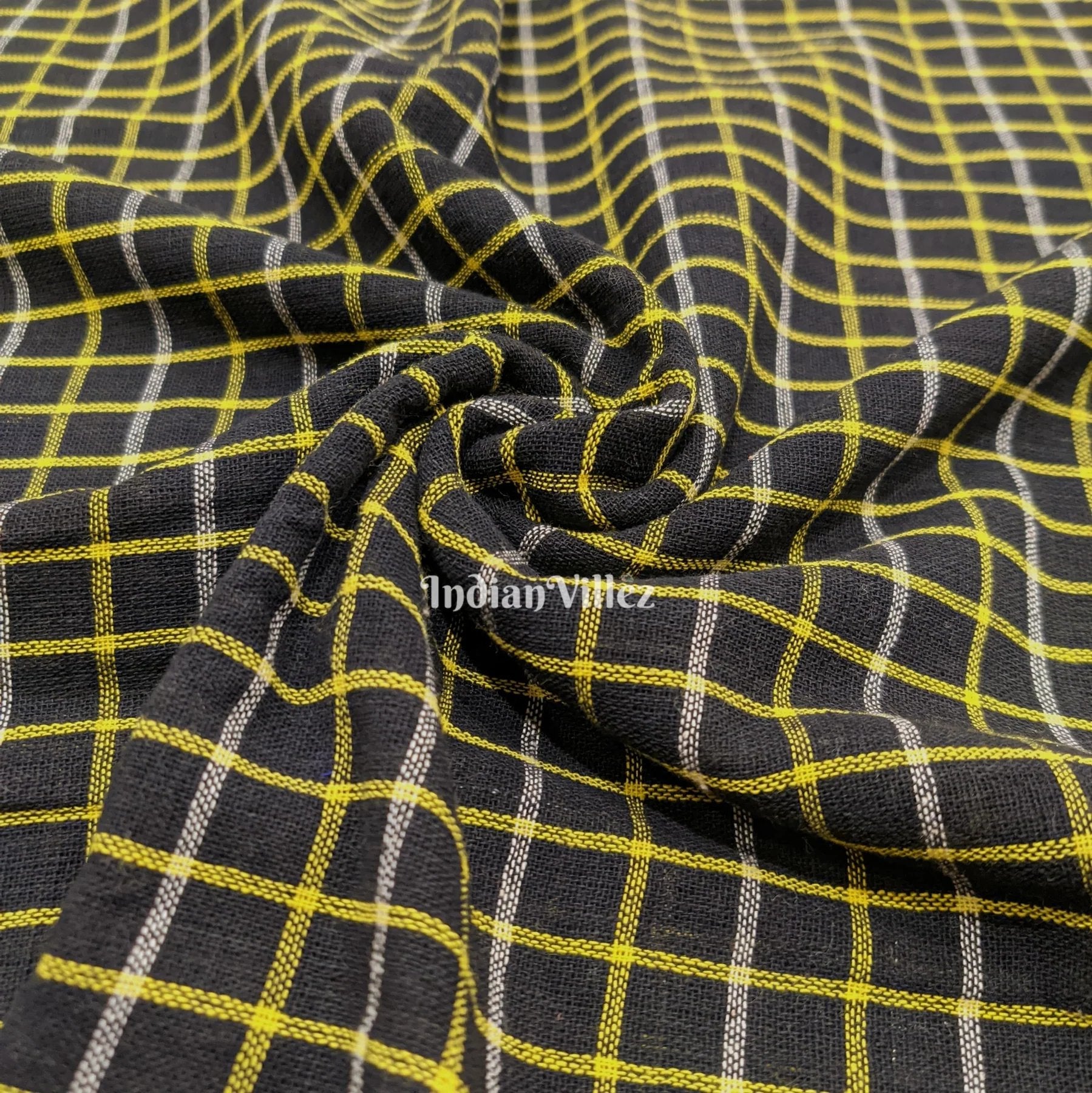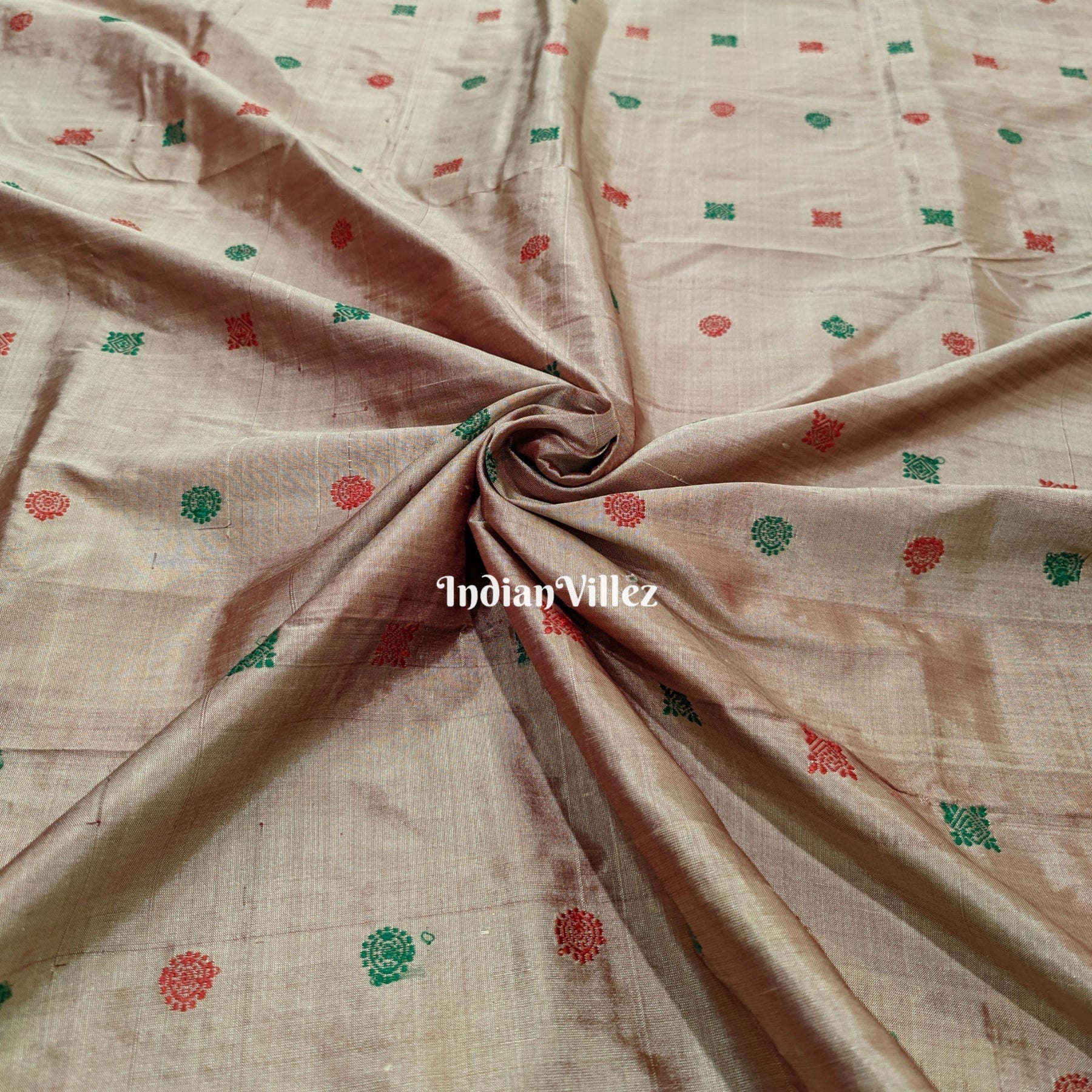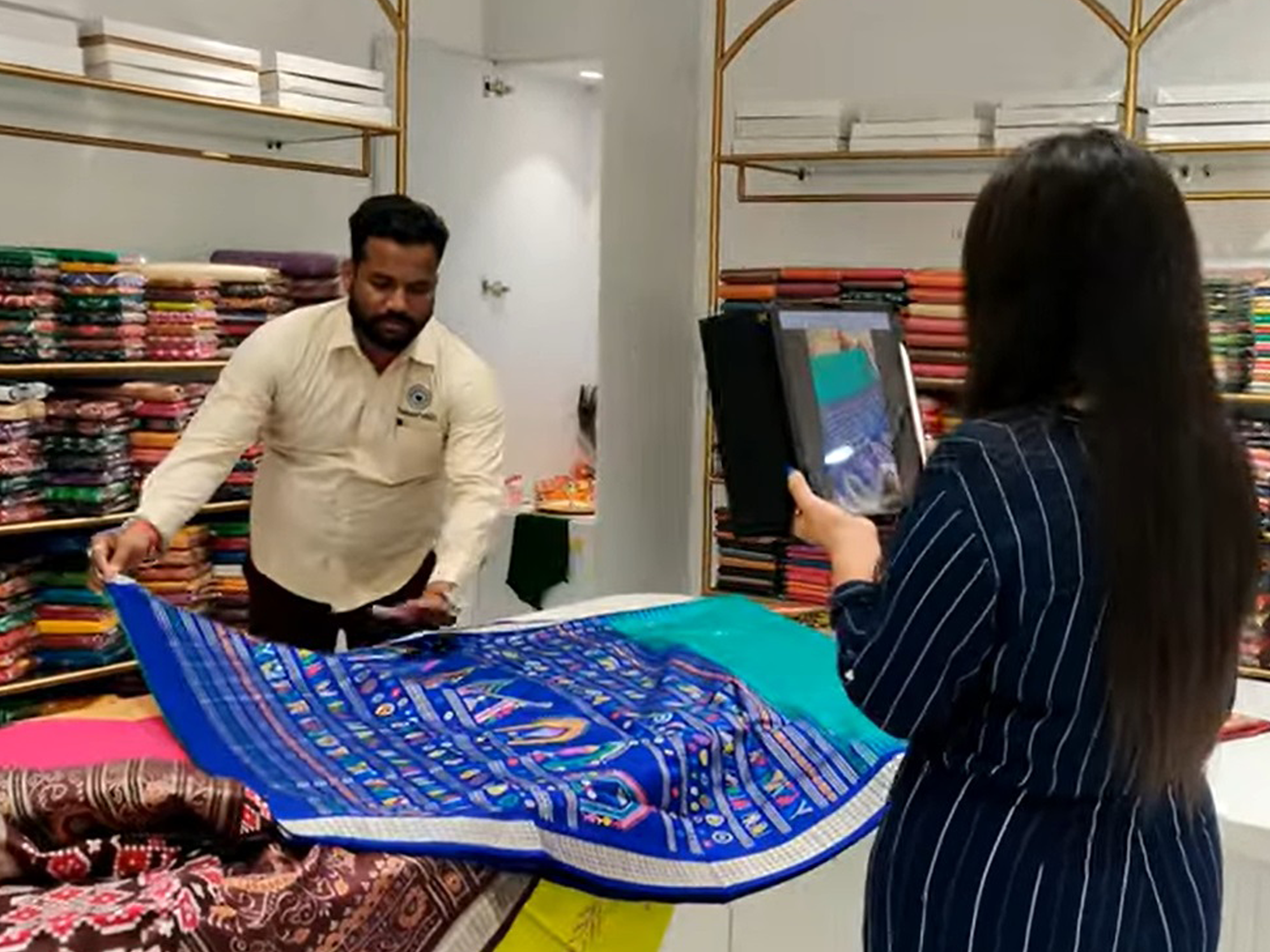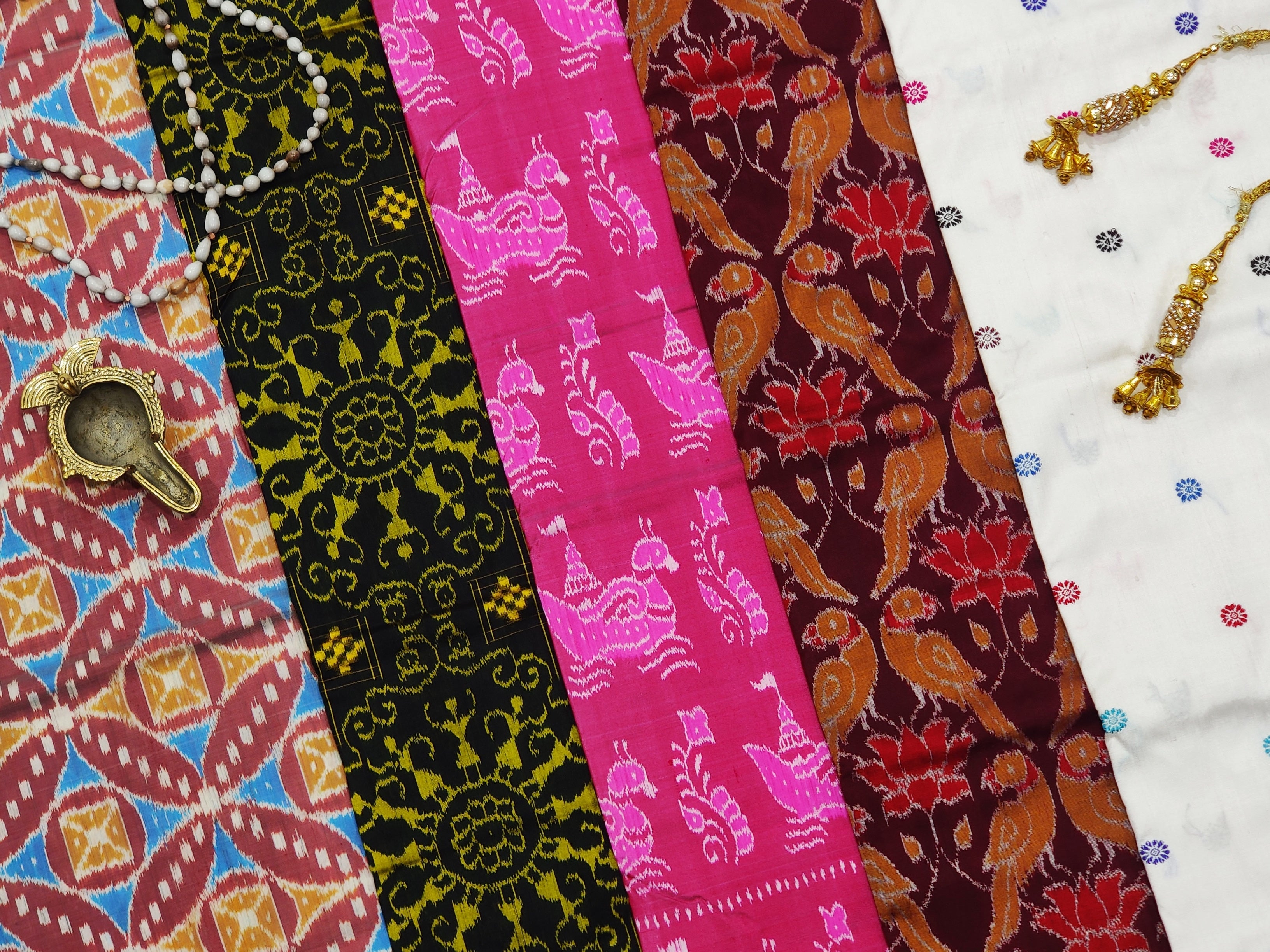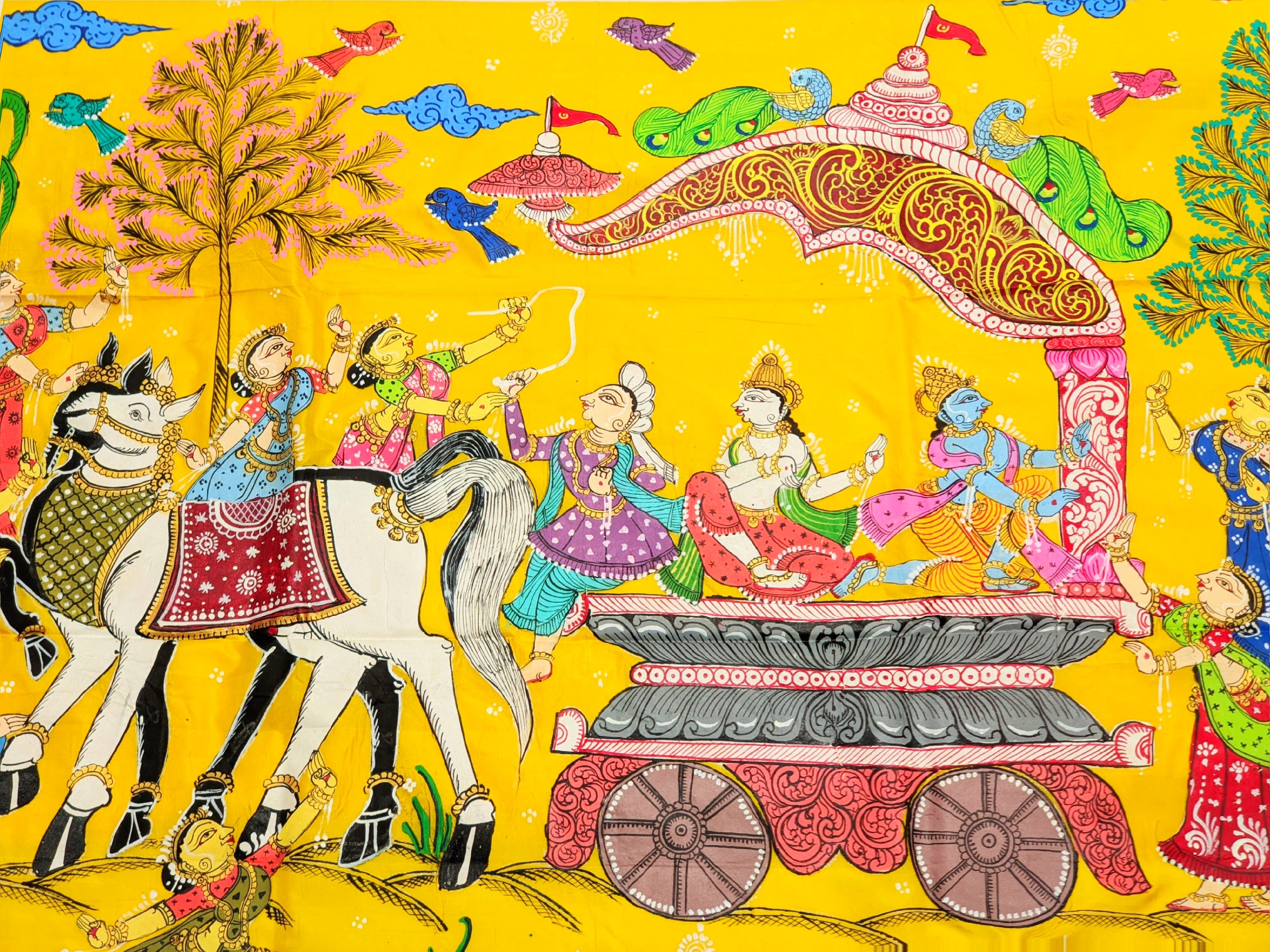











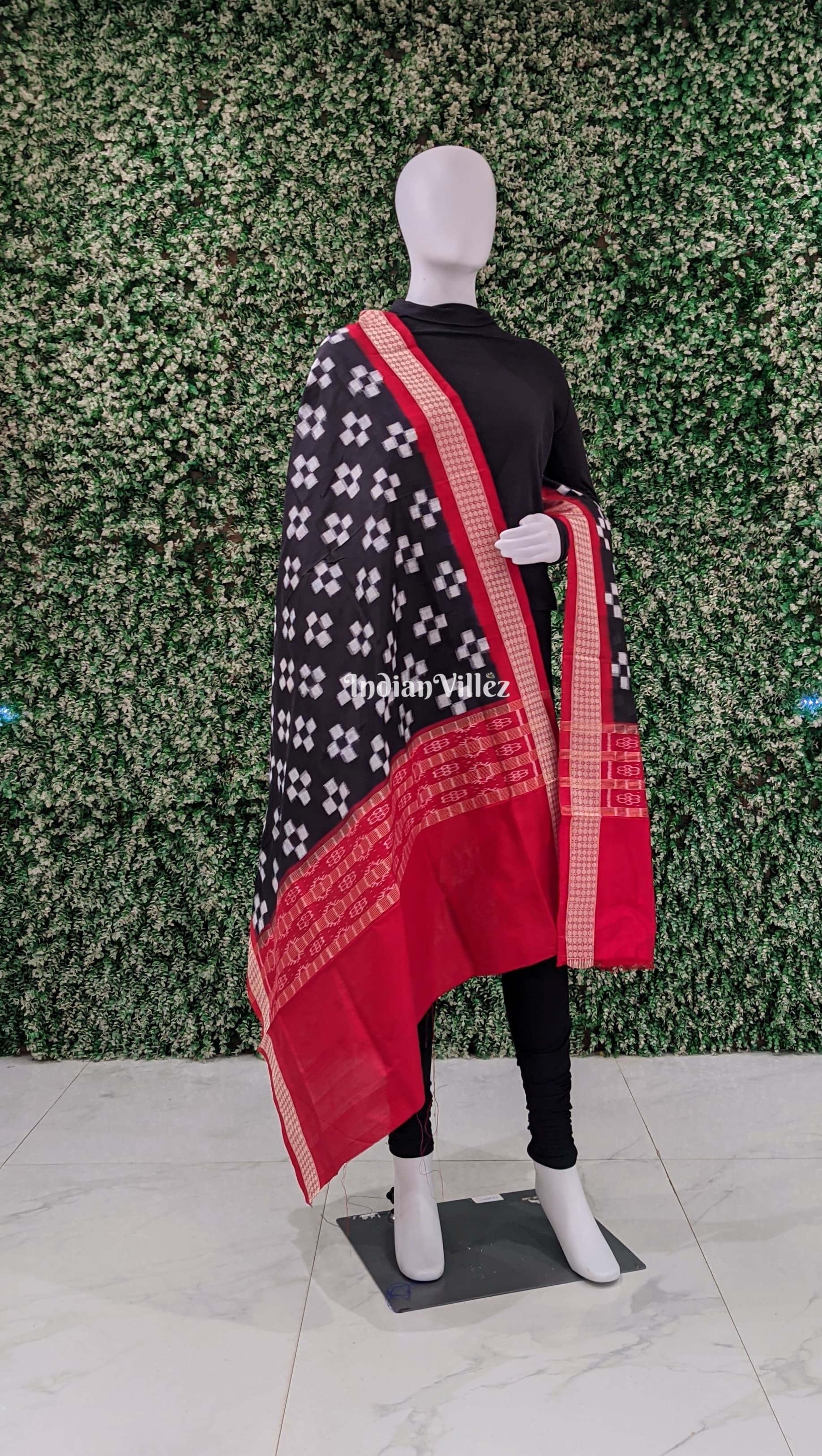
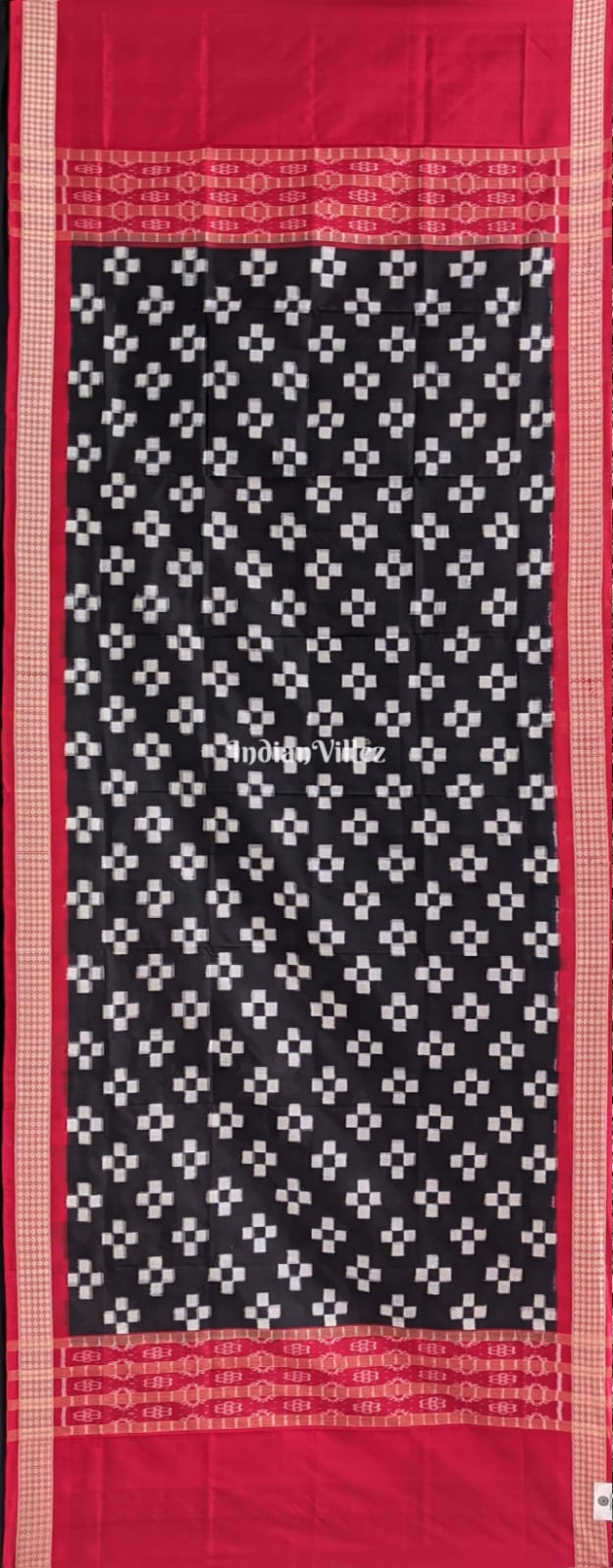

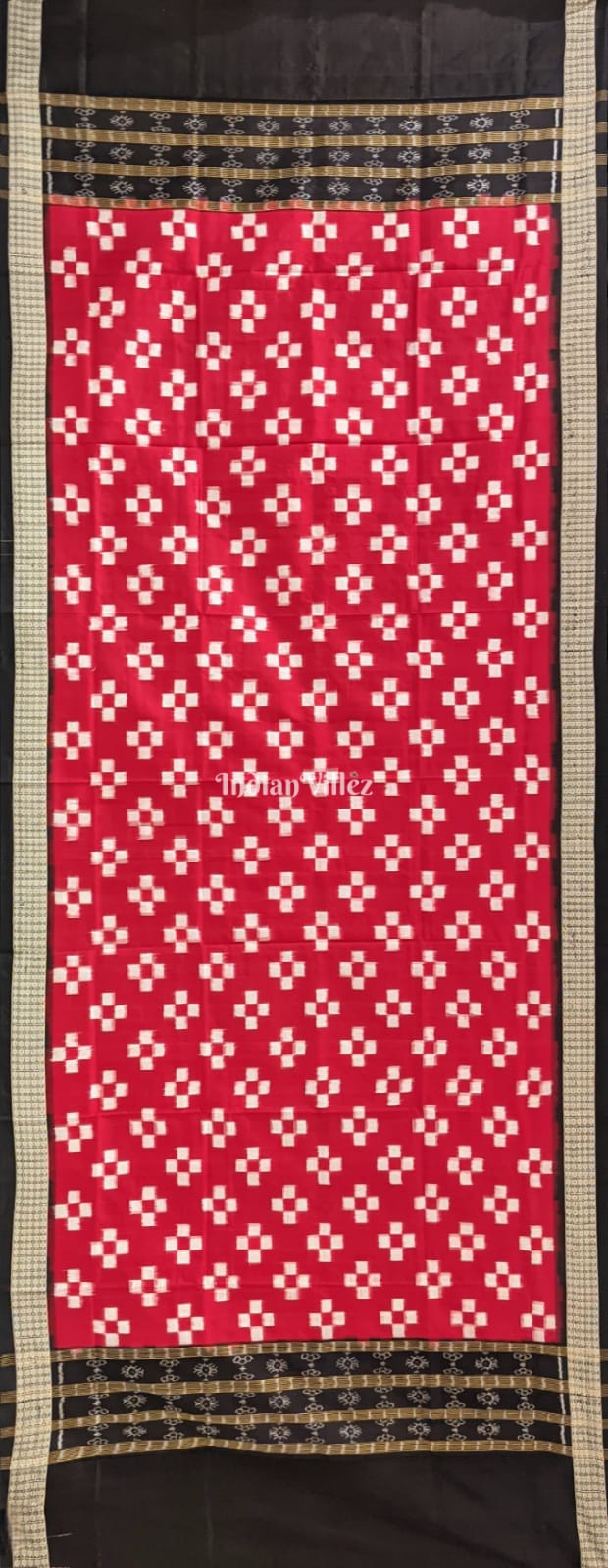

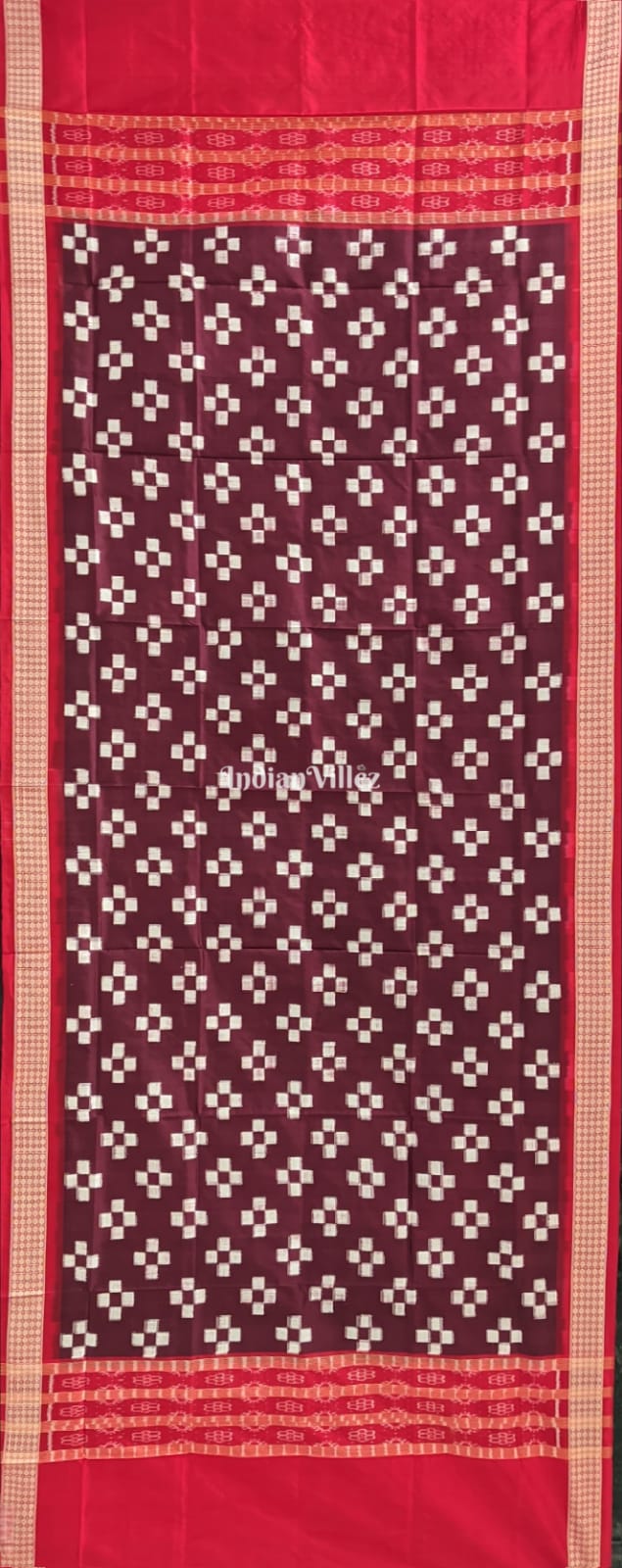

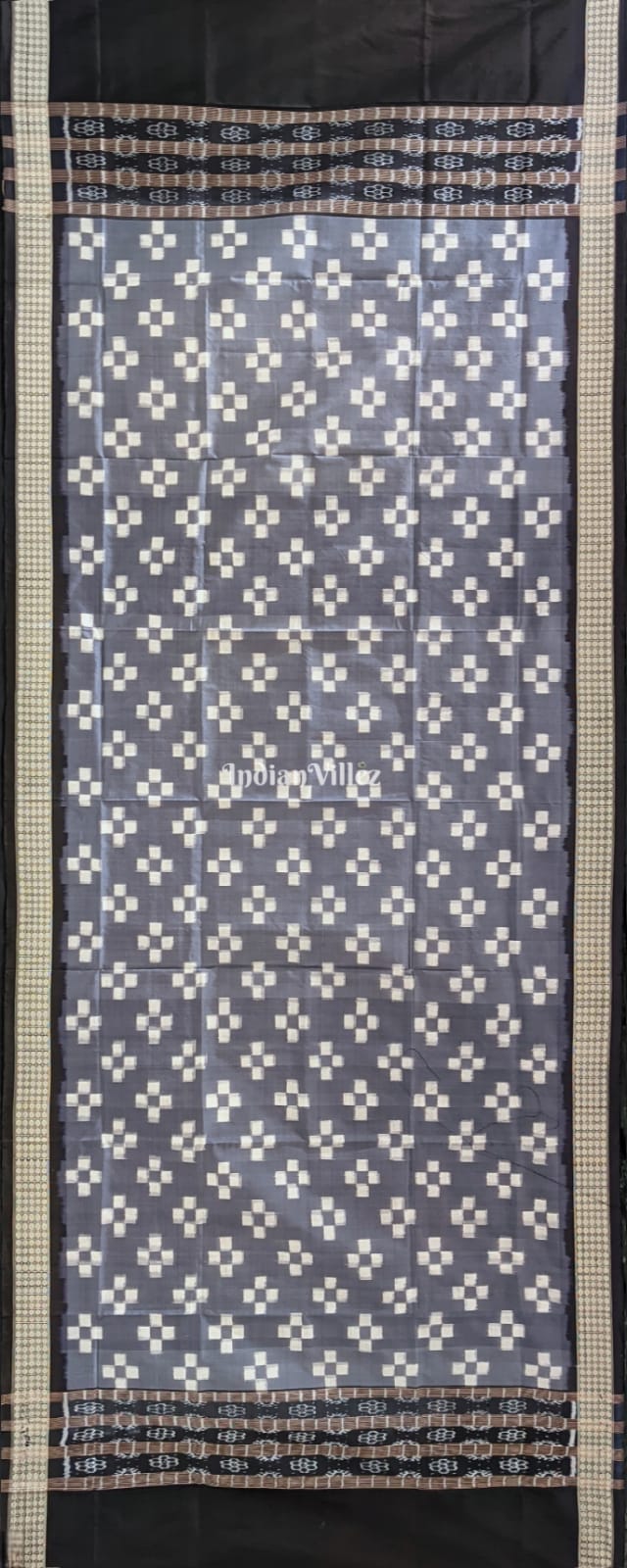

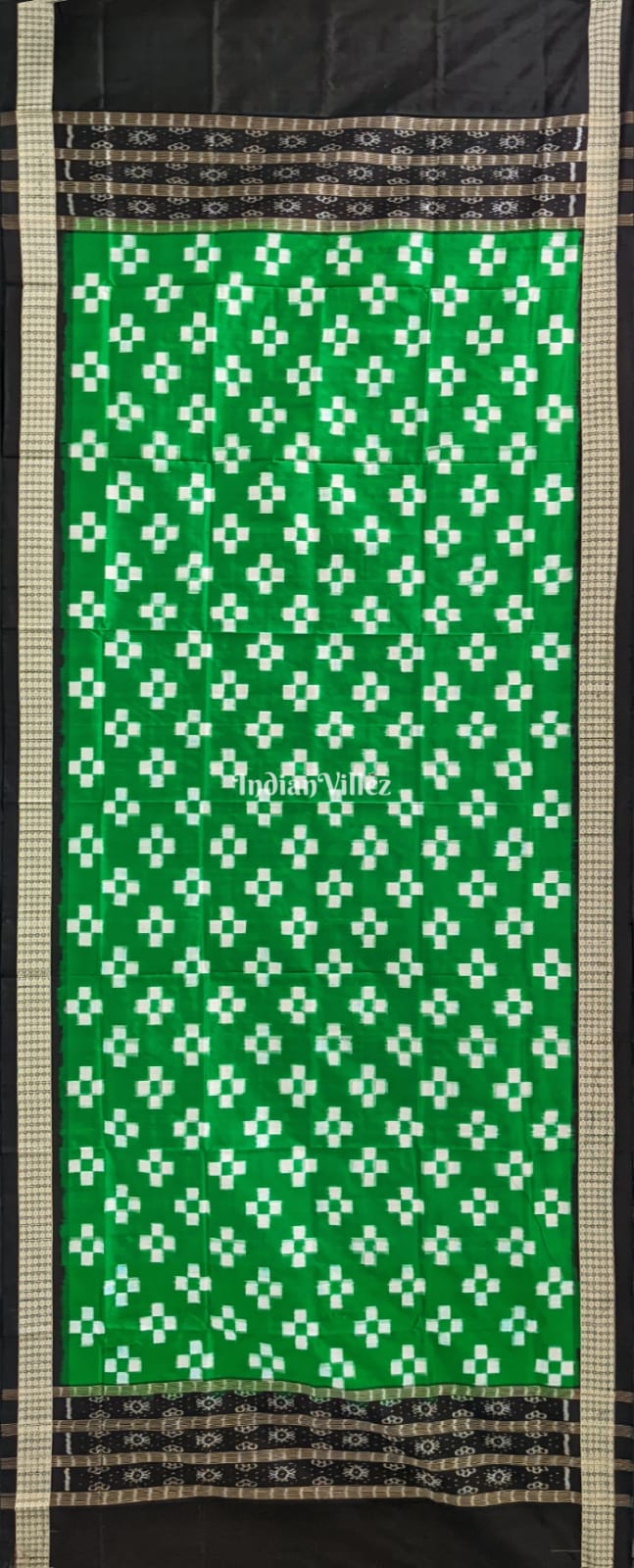
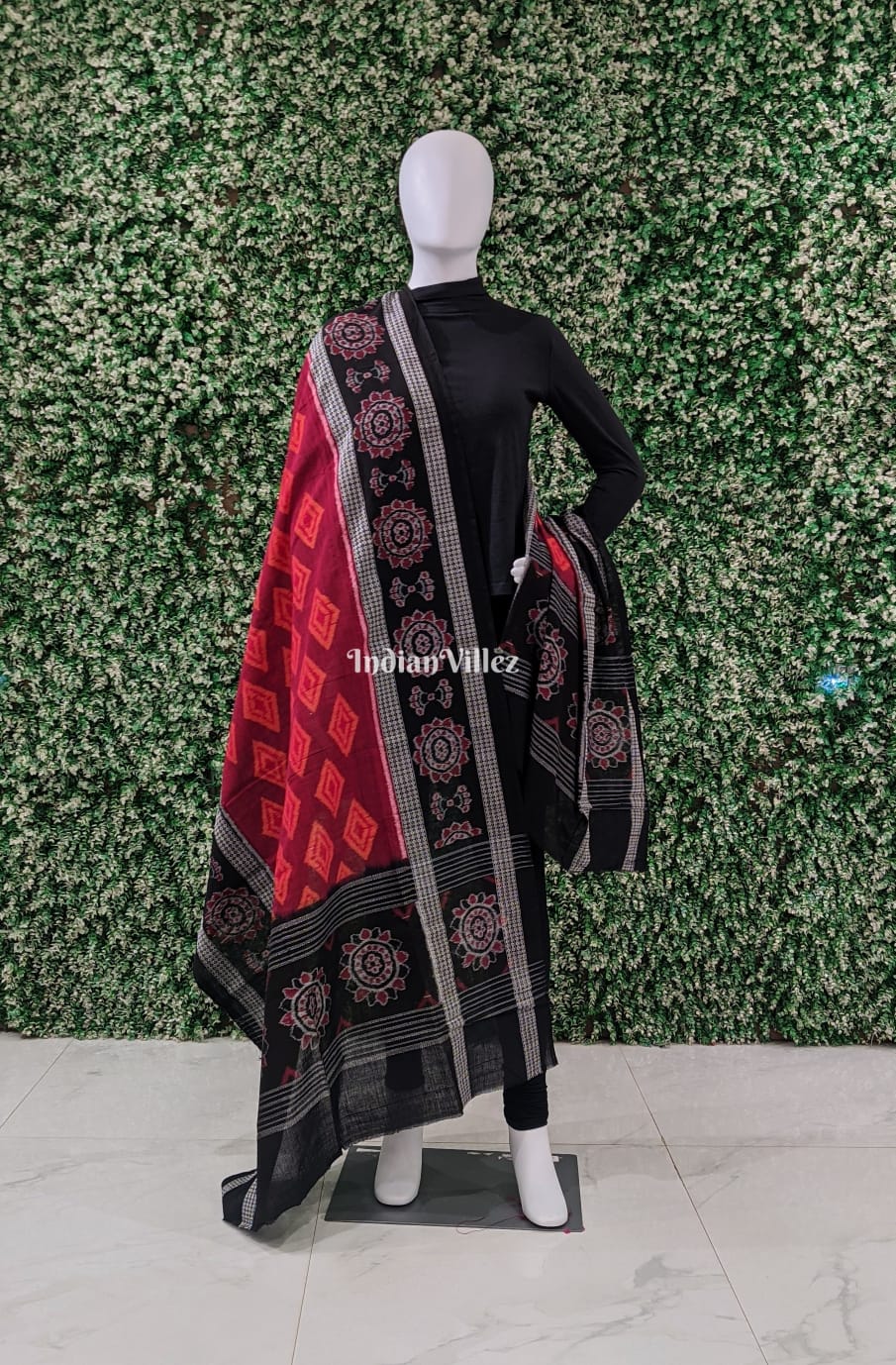
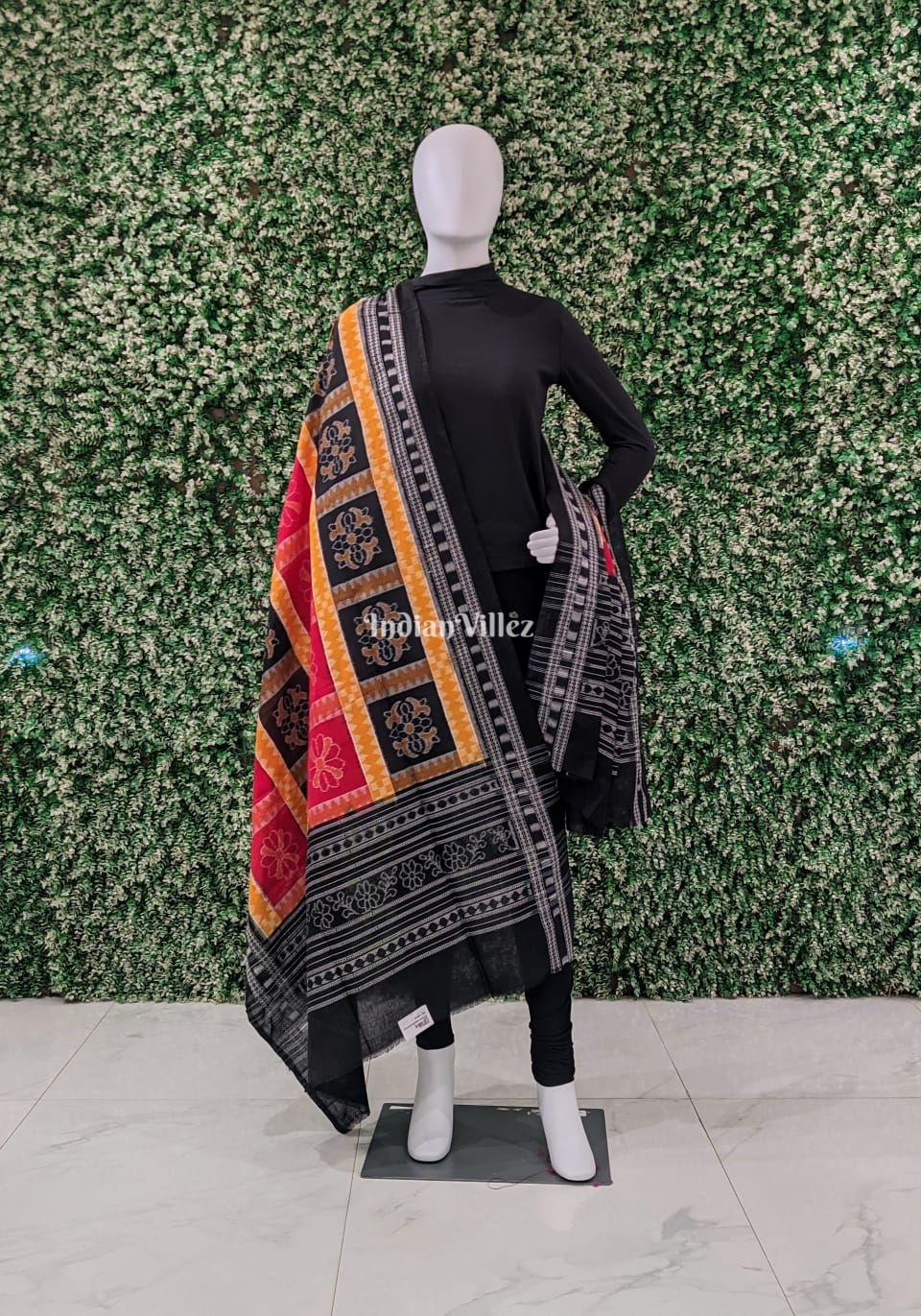


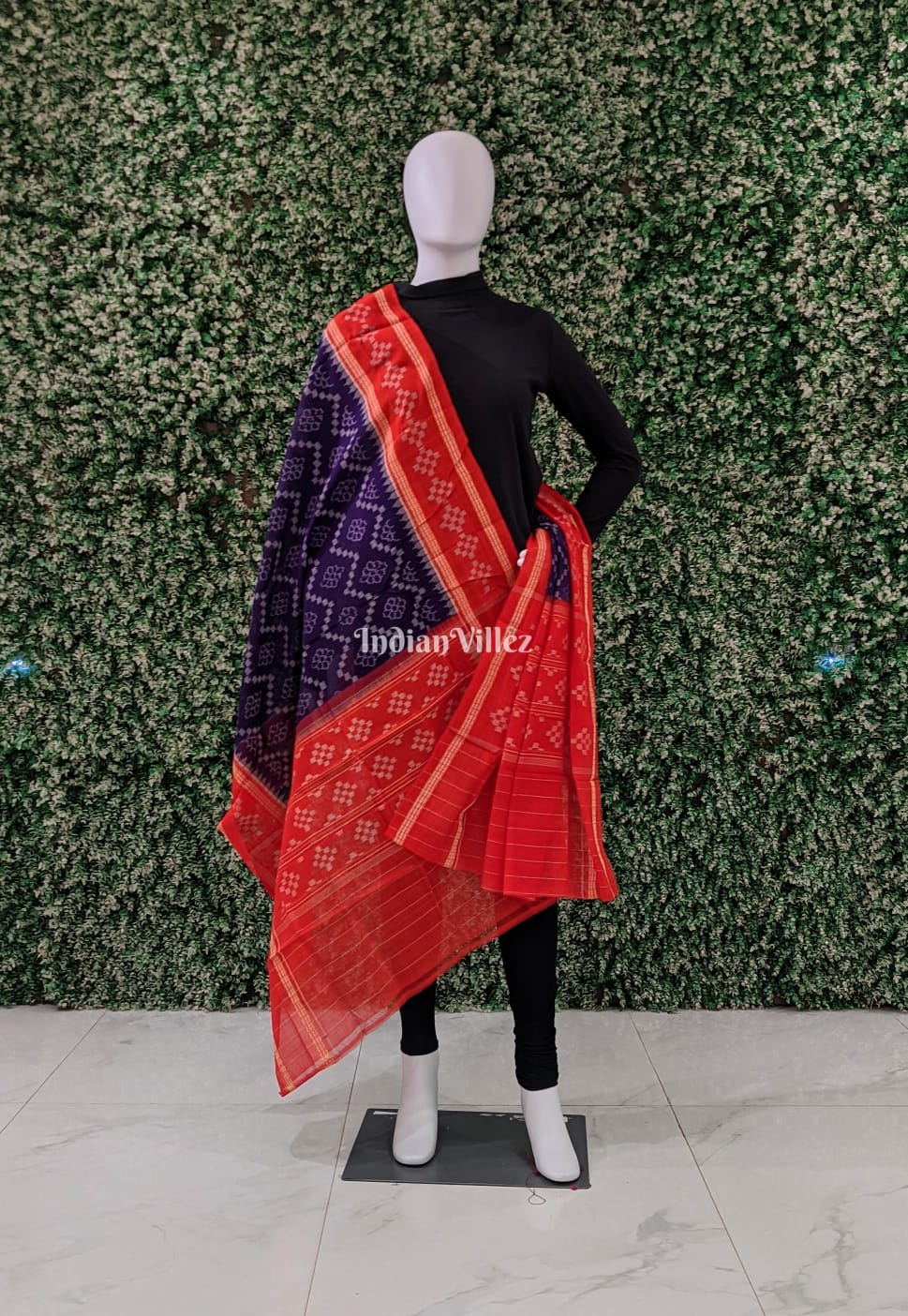
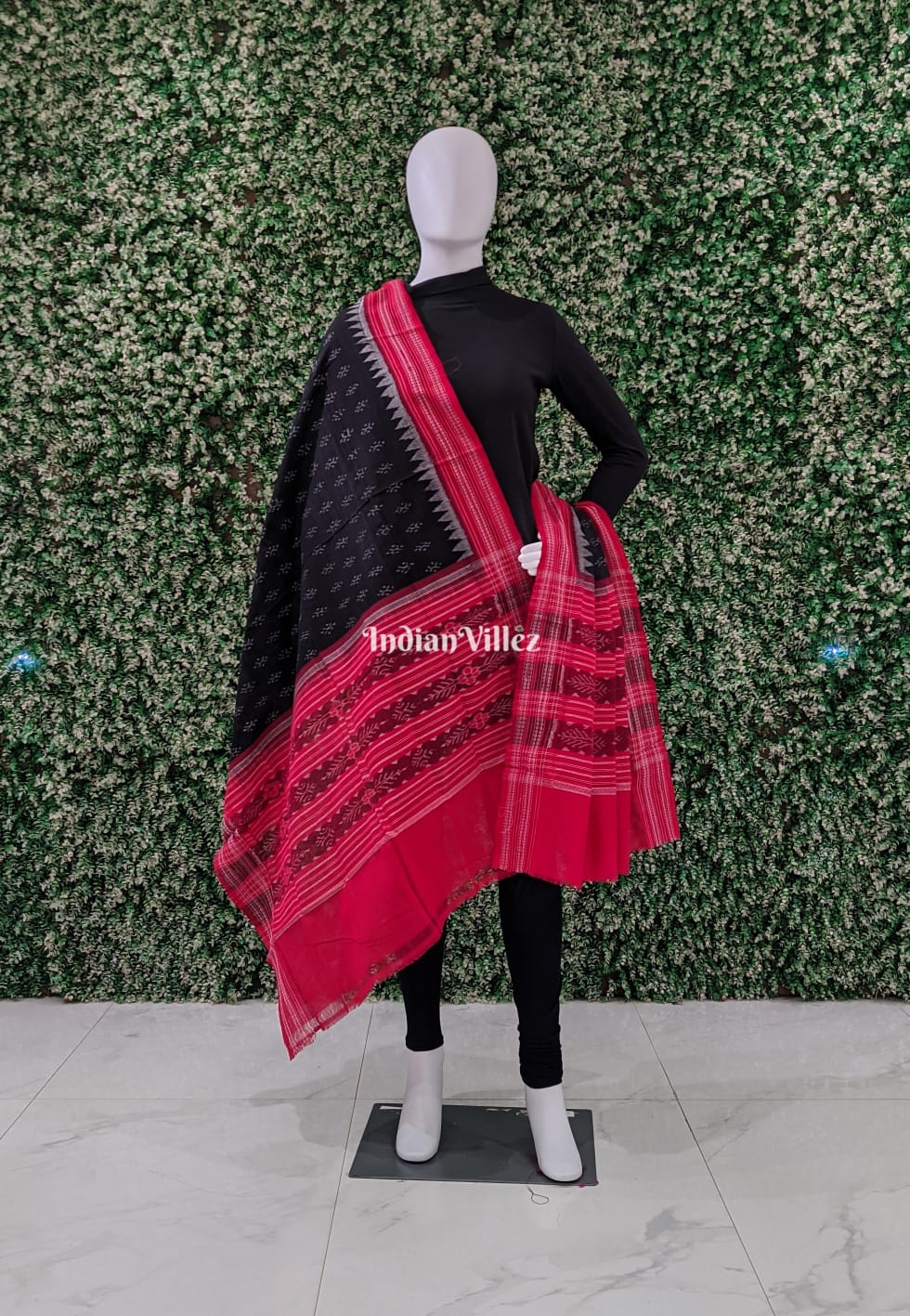


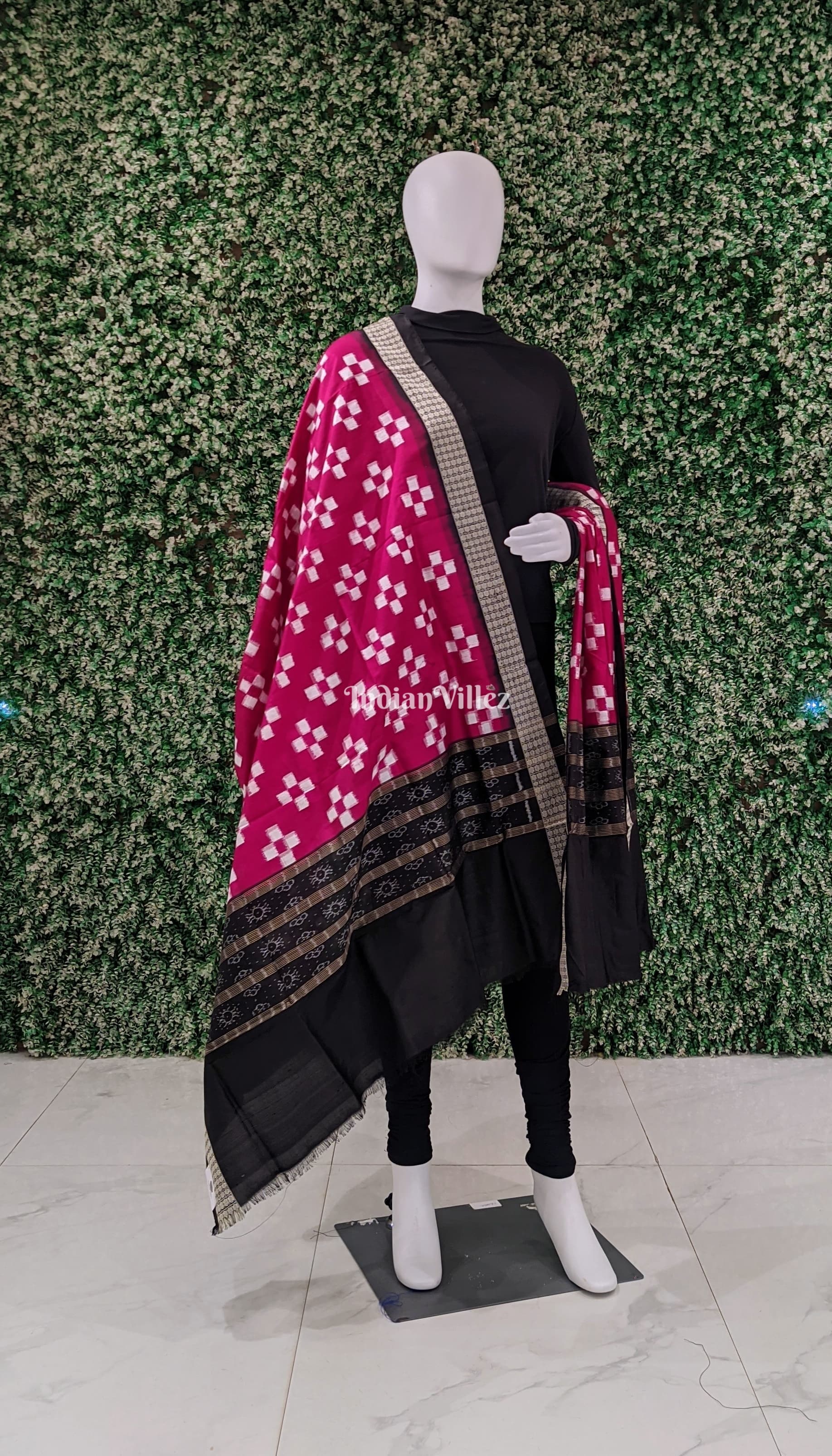
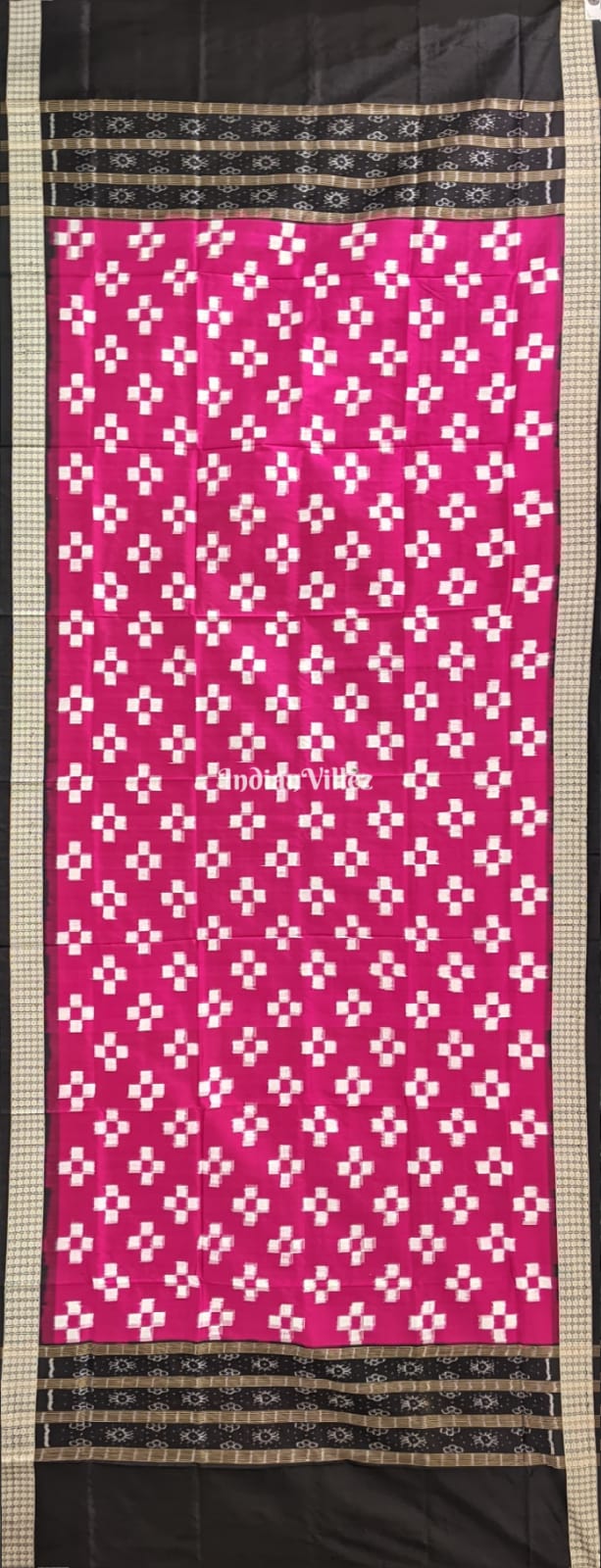
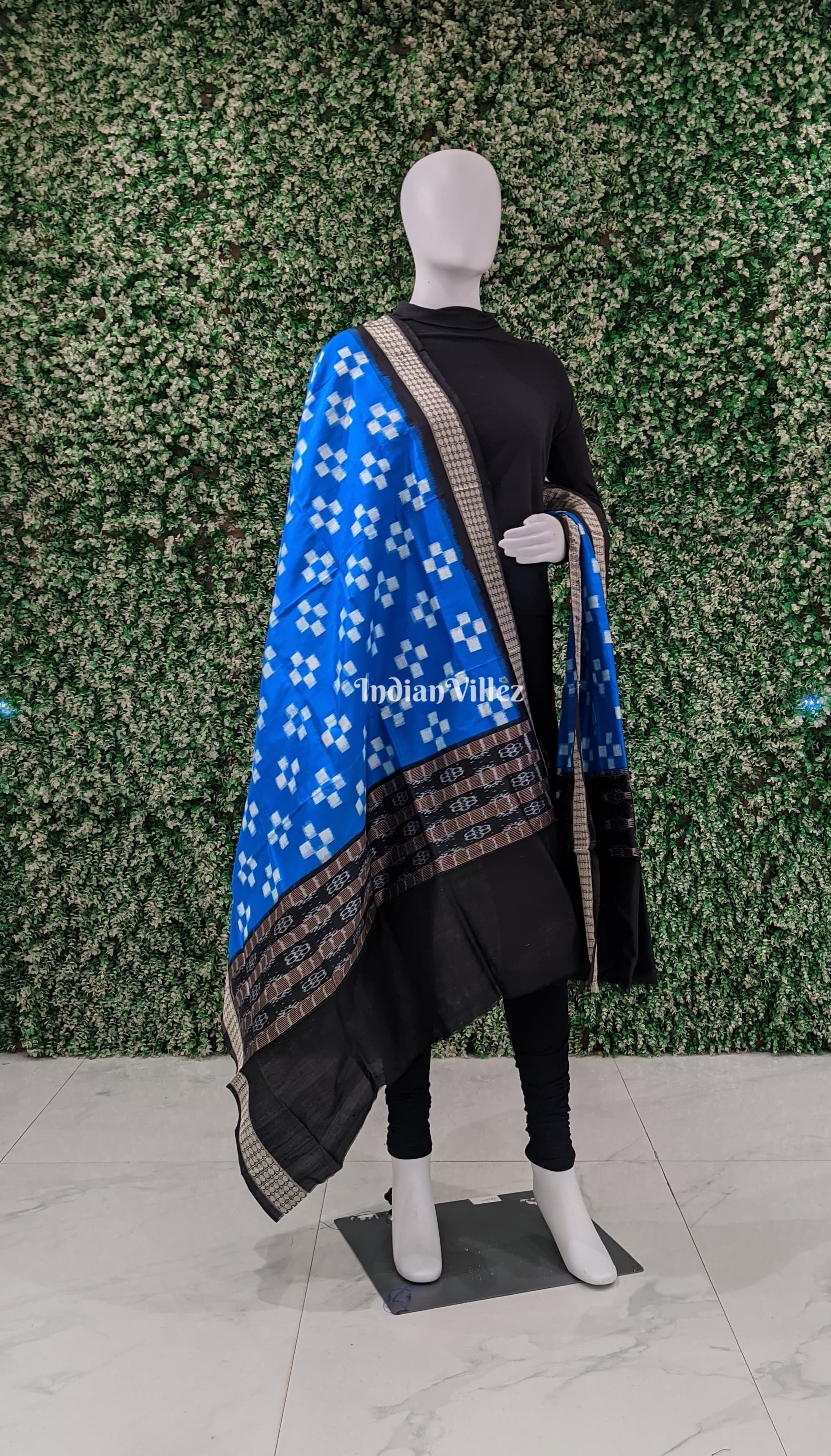
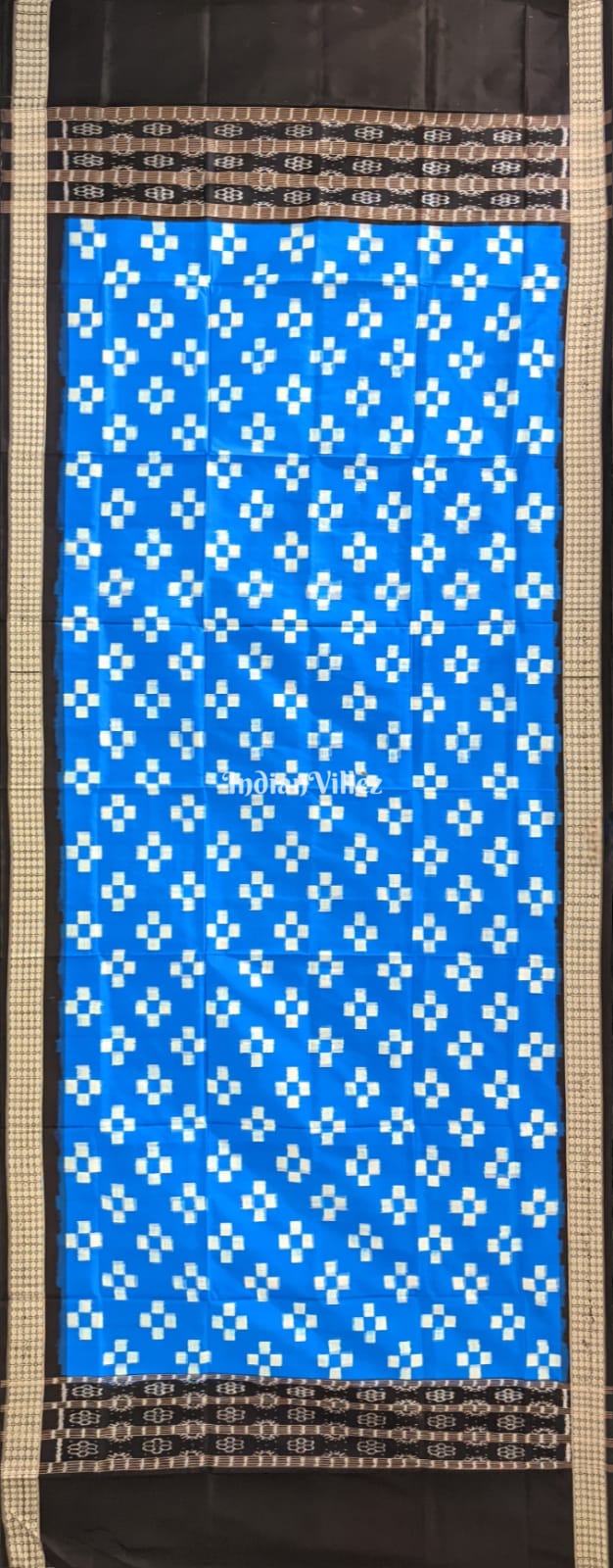

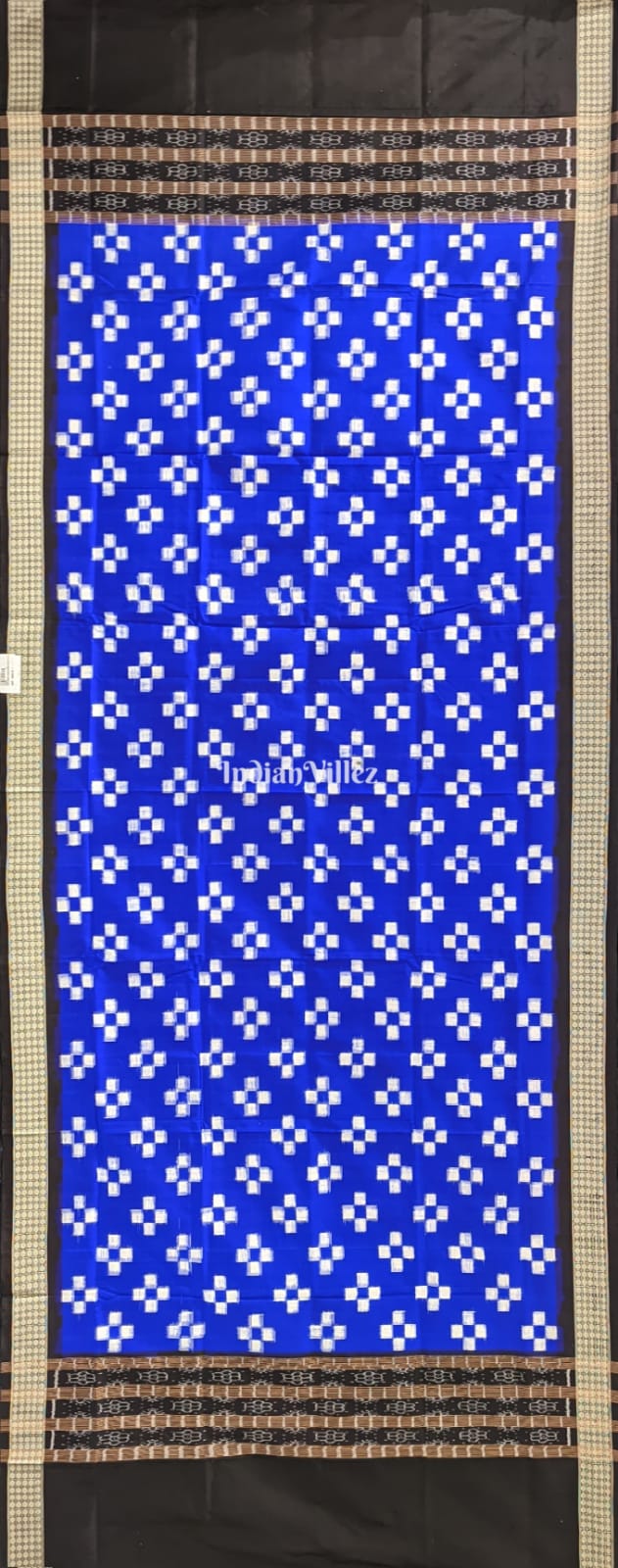
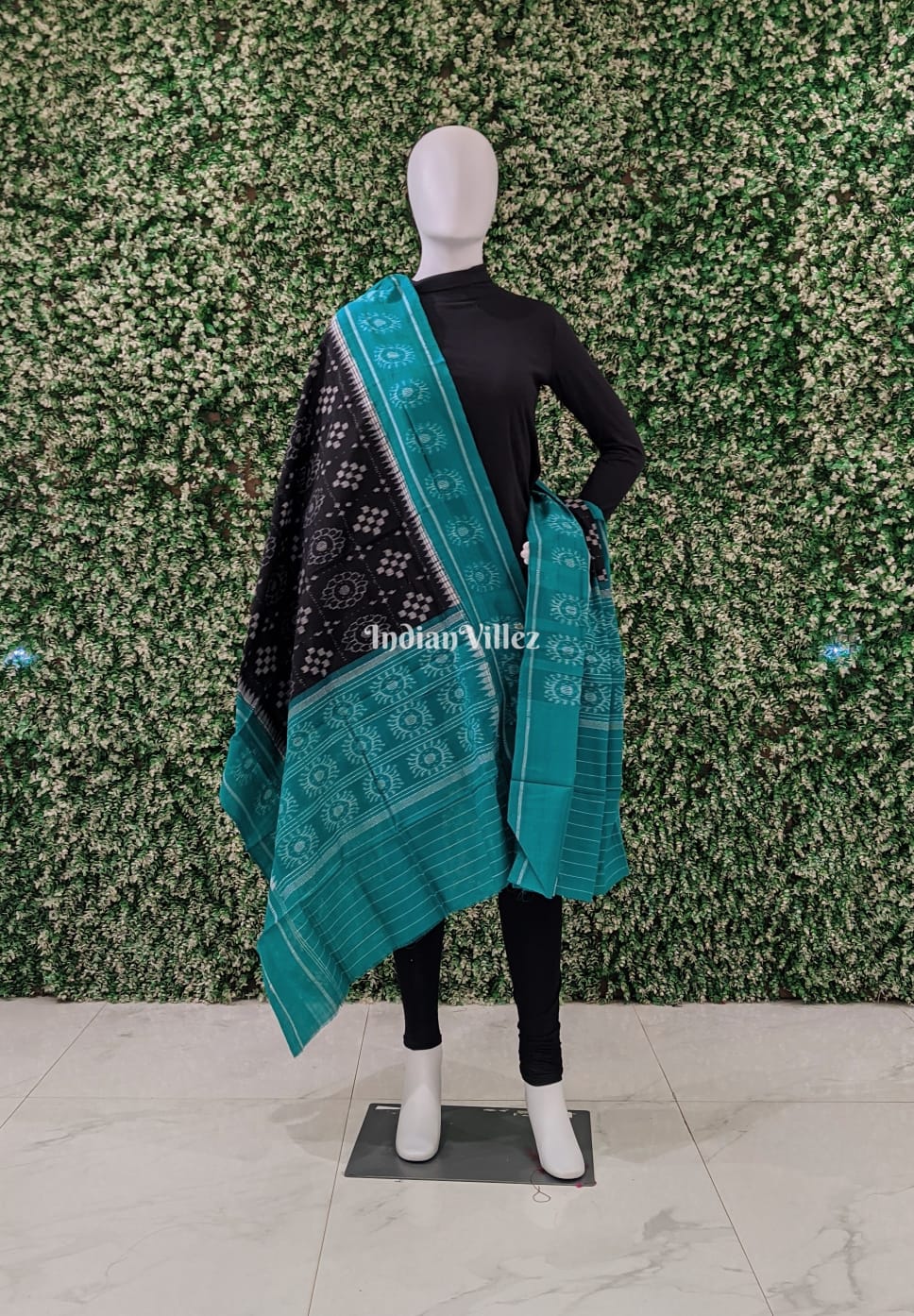
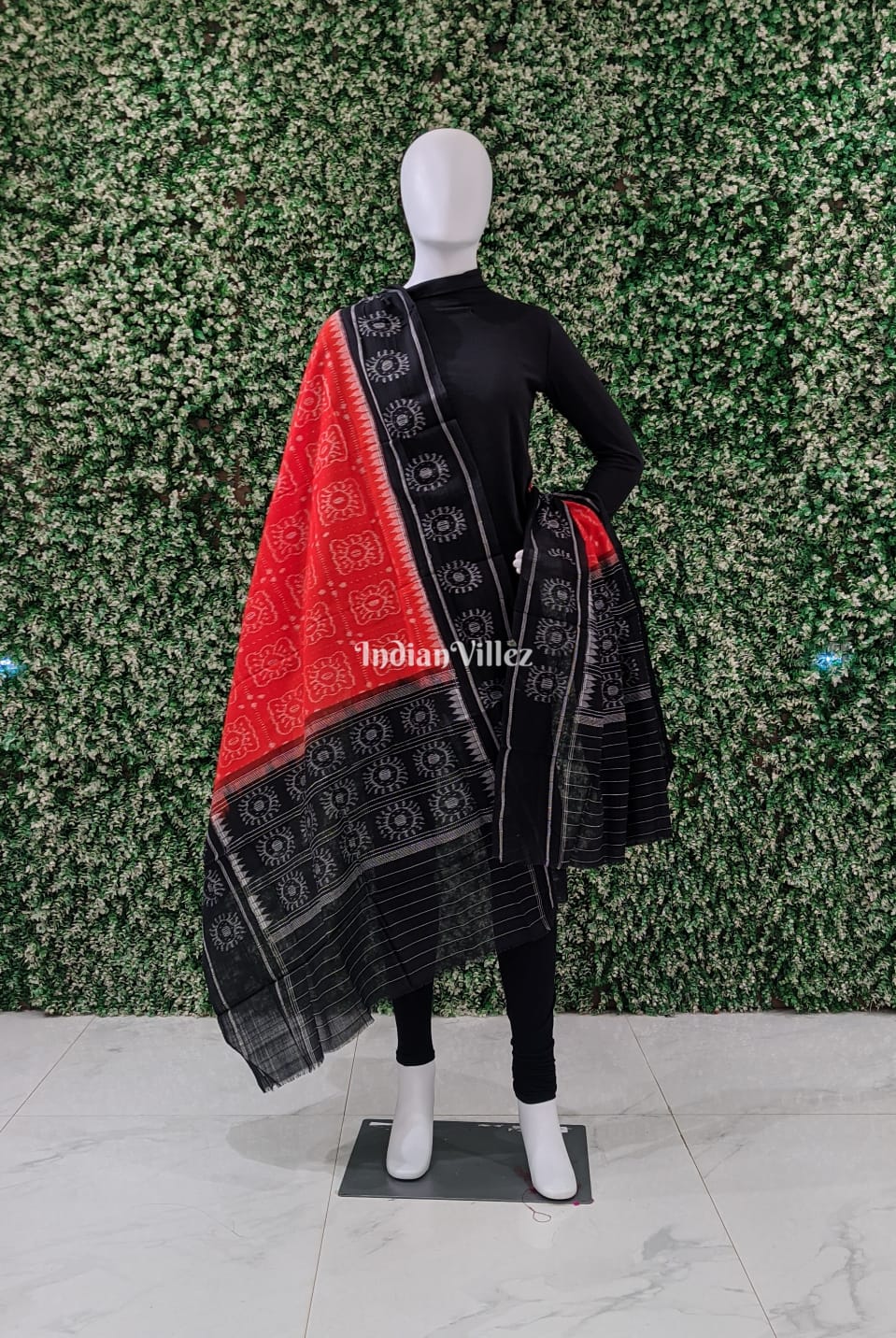
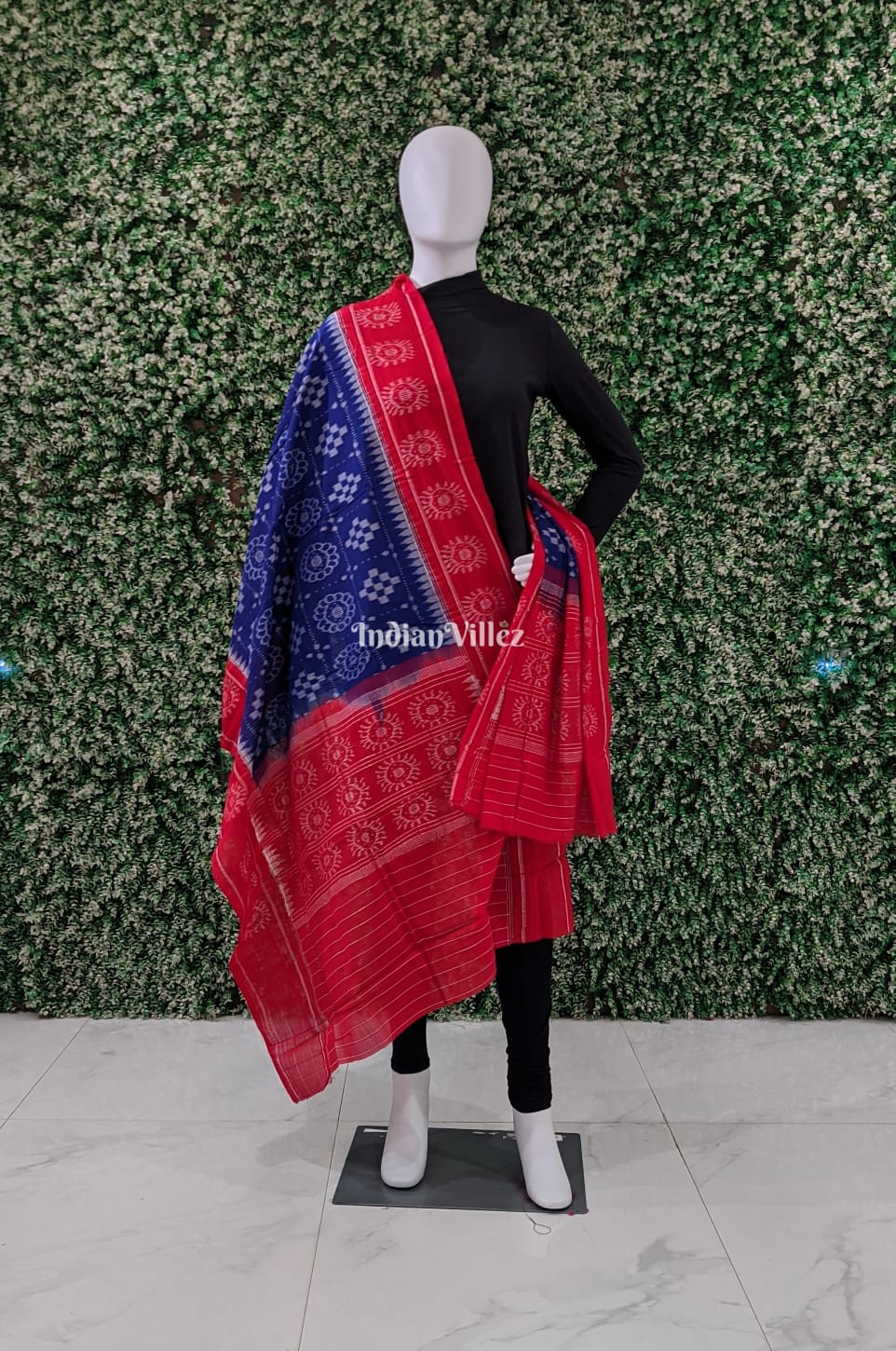
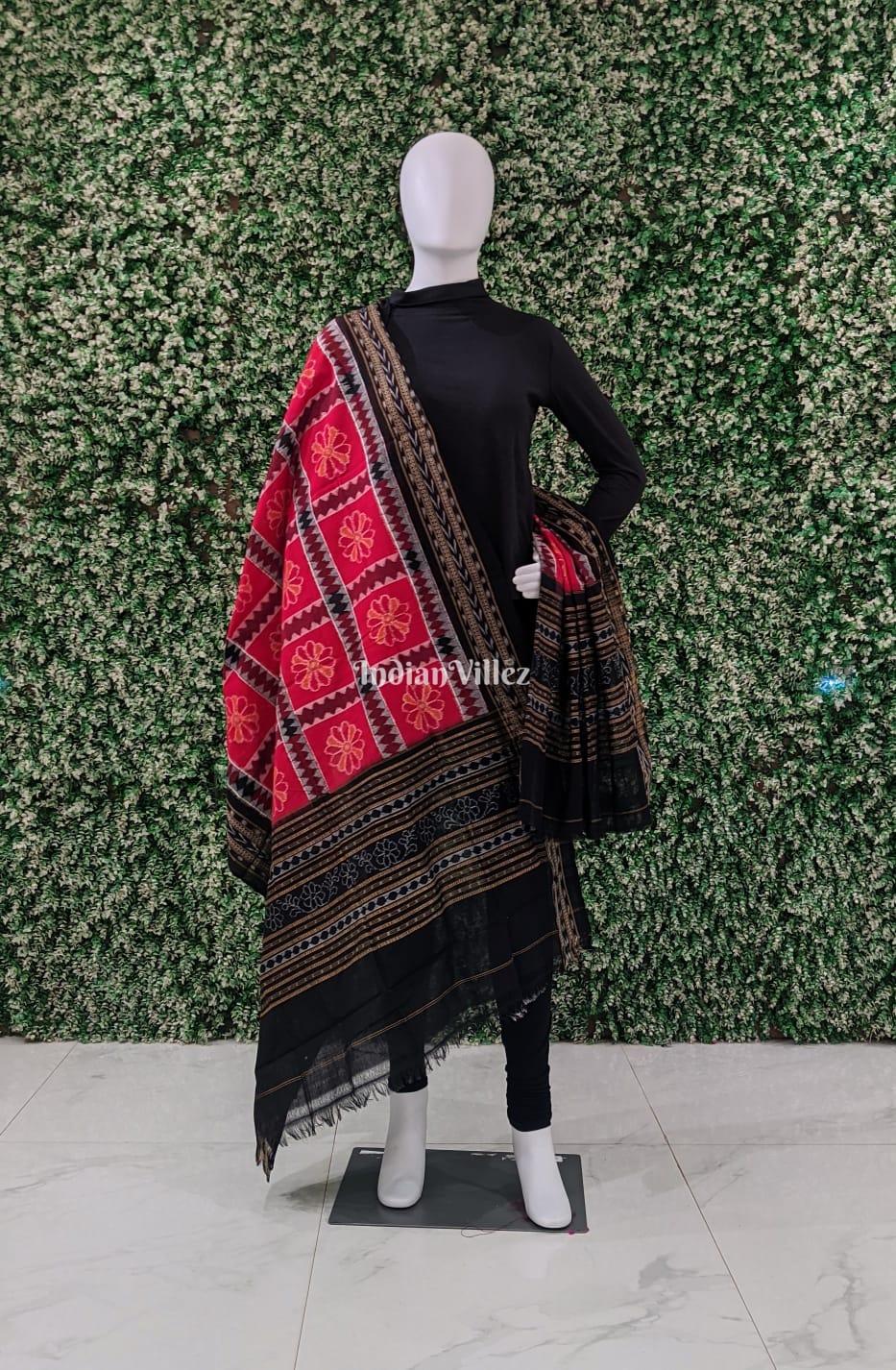
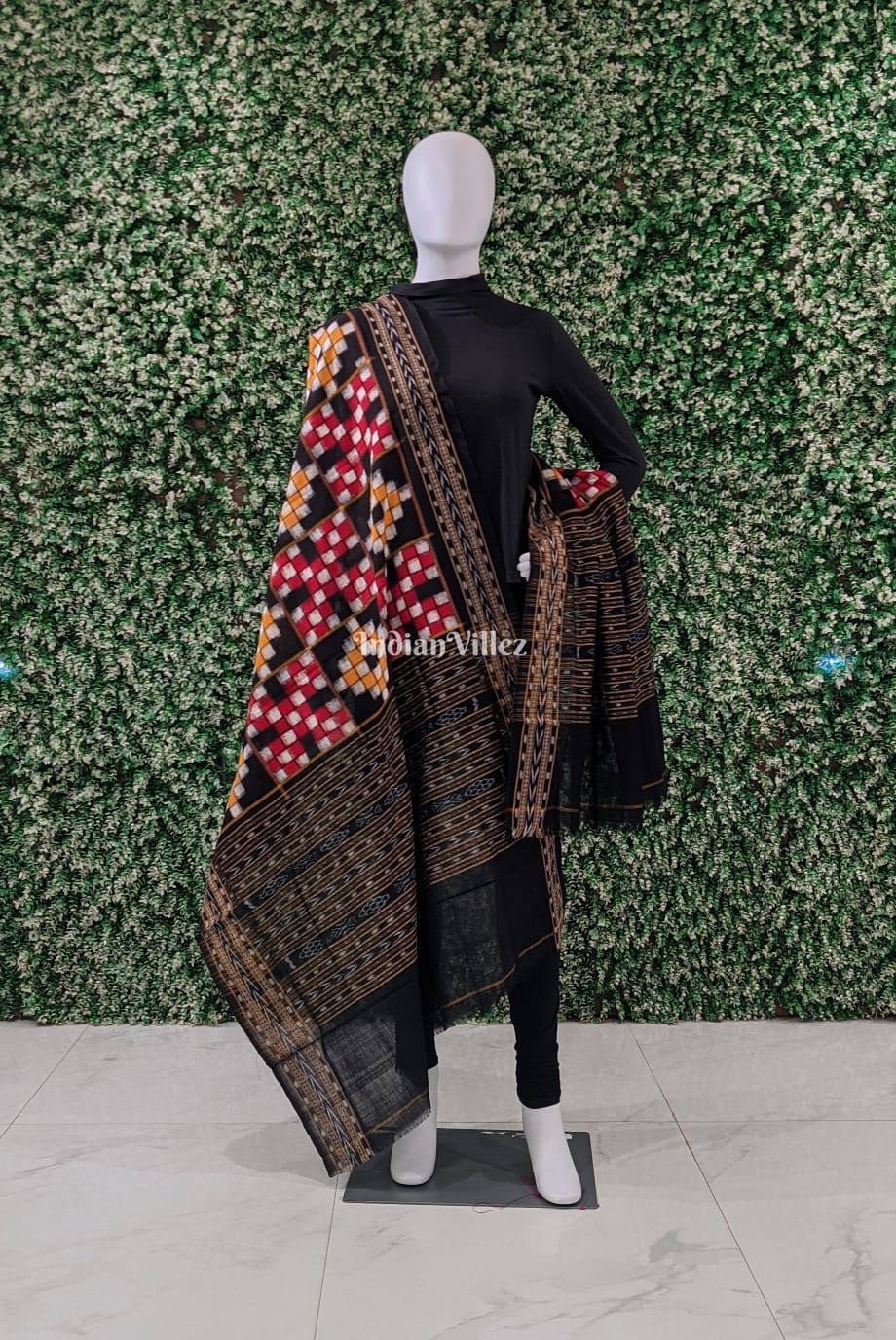
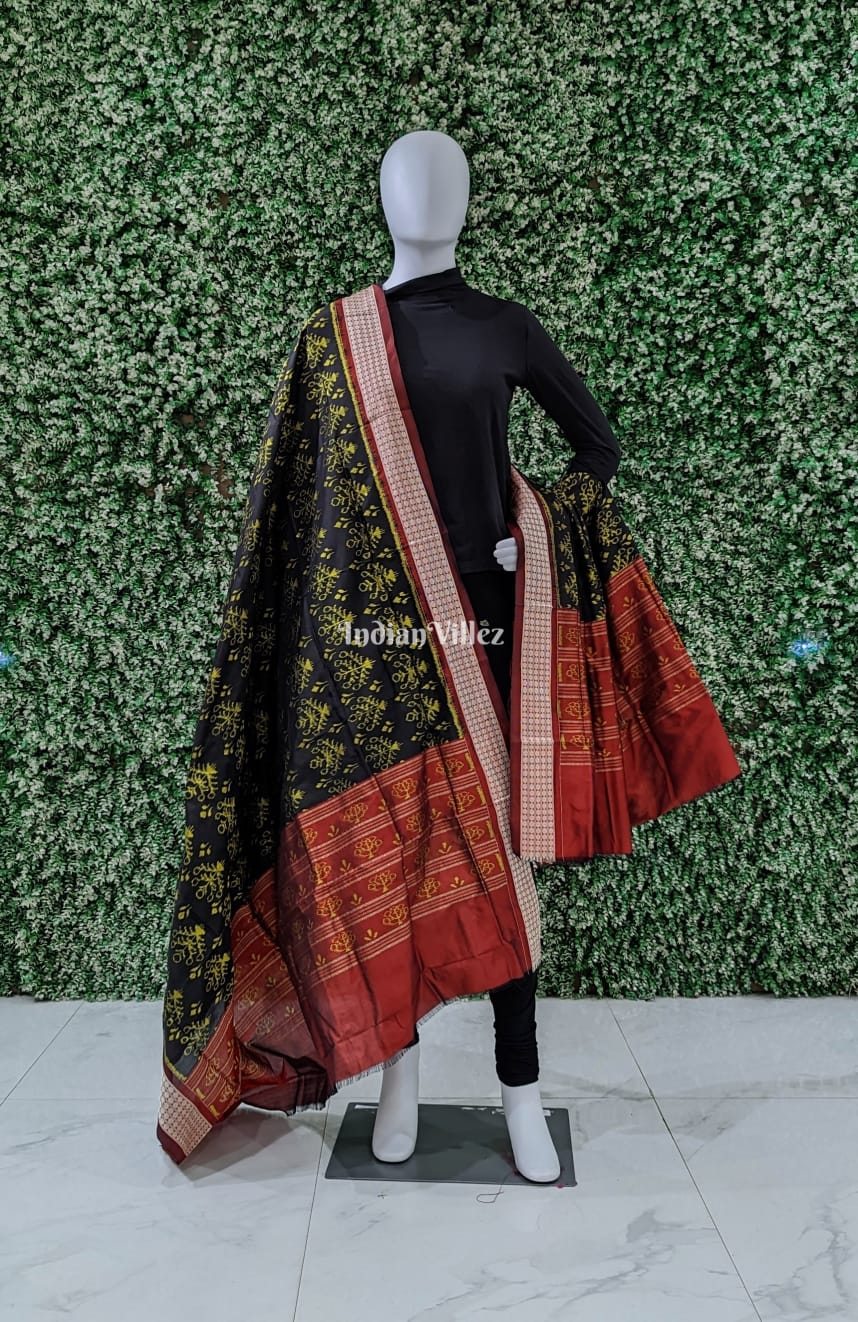
Dupatta is an essential part of women’s attire in southern Asia, especially India, Pakistan, Bangladesh, Sri Lanka and Nepal. It is worn during weddings, cultural functions and festivals. In Indian culture, a dupatta holds a special place, especially during weddings as bridal wear.
The Sambalpuri ikat cotton dupatta holds a special position in India, due to its rich colour and intricate design. These are soft and can be worn with any dress. Rich families and aristocrats were the first to wear it, but as its renown expanded, regular people began donning it for different celebrations.
History of Sambalpuri Ikat Dupatta
Sambalpuri cotton dupattas were first introduced in the eleventh century. King Balaram Dev, who had a deep appreciation for regional customs and fabrics, was in power at the time. In Sambalpur and the adjacent areas, weavers, namely the Bhulia community, came and established. The Mughals carried forward this art form following the fall of the Chauhan Dynasty.
It gained even more popularity in the 19th century when it started to be exported to countries like Indonesia and Japan. The Swadeshi Movement, which encouraged the use of local materials in product manufacture, brought it to attention. The silk dupatta from Sambalpuri is currently quite fashionable and worn with pride throughout India.
How is Sambalpuri Dupatta Made ?
The "Double Ikat Weaving" method is used to create Sambalpuri Silk dupattas. A blend of cotton and silk is used to create the fabric. It is a method of weaving and resisting dyeing. This technique produces a complex and distinctive look in which the colours seem to mix smoothly and blurry. Another name for ikat sarees is bandha kala. The process may take up to three months.
The first step is the dyeing procedure, which involves separating, tying, and dying each silk yarn separately for Ikat fabric. Until the pattern is correctly obtained, this process is repeated. When the appropriate colour and pattern are obtained, the threads are cut off from the binding. The yarns are loaded onto the beams after being spun into bobbins and pins. The dupatta is then completed when the chosen design is woven in.
Important phases in the Ikat weaving process that result in exquisite dupattas are warp and weft. "Warp" is the foundation layer of the weave and “Weft” is the fabric that is woven.
What Makes Sambalpuri Dupatta Special ?
Beyond being the result of labour and patience, Sambalpuri Dupatta is also incredibly elegant and contemporary. There are several dupatta styles that you can show off. It reflects the identity and culture of Odisha. The cotton dupattas' patterns and themes draw inspiration from mythology, folk art, the natural world, and social conventions.
It was concealed beneath the rocks for many years, and only the Odisha people knew about it. When several famous people, including the late Prime Minister Indira Gandhi, wore Sambalpuri fabric and apparel, it gained attention. Since then, it has gained popularity among famous people and is worn by many people worldwide.
Preserving Sambalpuri Dupatta
- Avoid using a washing machine and wash it using your hands.
- Wash it with a mild detergent or shampoo and avoid using harsh chemicals or bleach.
- Keep it away from dry sunlight or heat while drying.
- Avoid wringing, twisting, or ironing the dupatta as they might generate wrinkles and folds. Instead, gently wring out the excess water and place it on a cushioned hanger.
- Keep your saree in a cool, dry and dark place. It is advisable to wrap it in a cotton or muslin cloth.
- Neem leaves, cloves or naphthalene balls can be used to protect it from the attack of insects or fungus.
- Exposure to perfume, deodorant or sweat can weaken the fabric.
- Mild soap or vinegar can be used to clean any stain on the dupatta.
- Wearing frequently or for long hours can bring in wear and tear, and reduce the life of the dupatta.

